Italian motorcycle manufacturing company, Ducati, has an undwindling legacy, which is spearheaded by the iconic 916 motorcycle if it doesn’t sound like an exaggeration. The 1994 Ducati 916 celebrates its 30th anniversary this year, and to make the moment special, the exceptionally talented watchmaker Gerald Charles has designed a special edition watch modeled after the most iconic motorcycle of our times.
Dubbed the Maestro 4.0 Ducati 30° Anniversario 916 watch, this collaborative timepiece is a humble tribute to the artistic creativity of Gerald Charles Genta, designer and founder of eponymous Gerald Charles, and the pathbreaking design of the 916 defined ever so distinctively by its sleek lines and upswept exhaust.
Designer: Gerald Charles
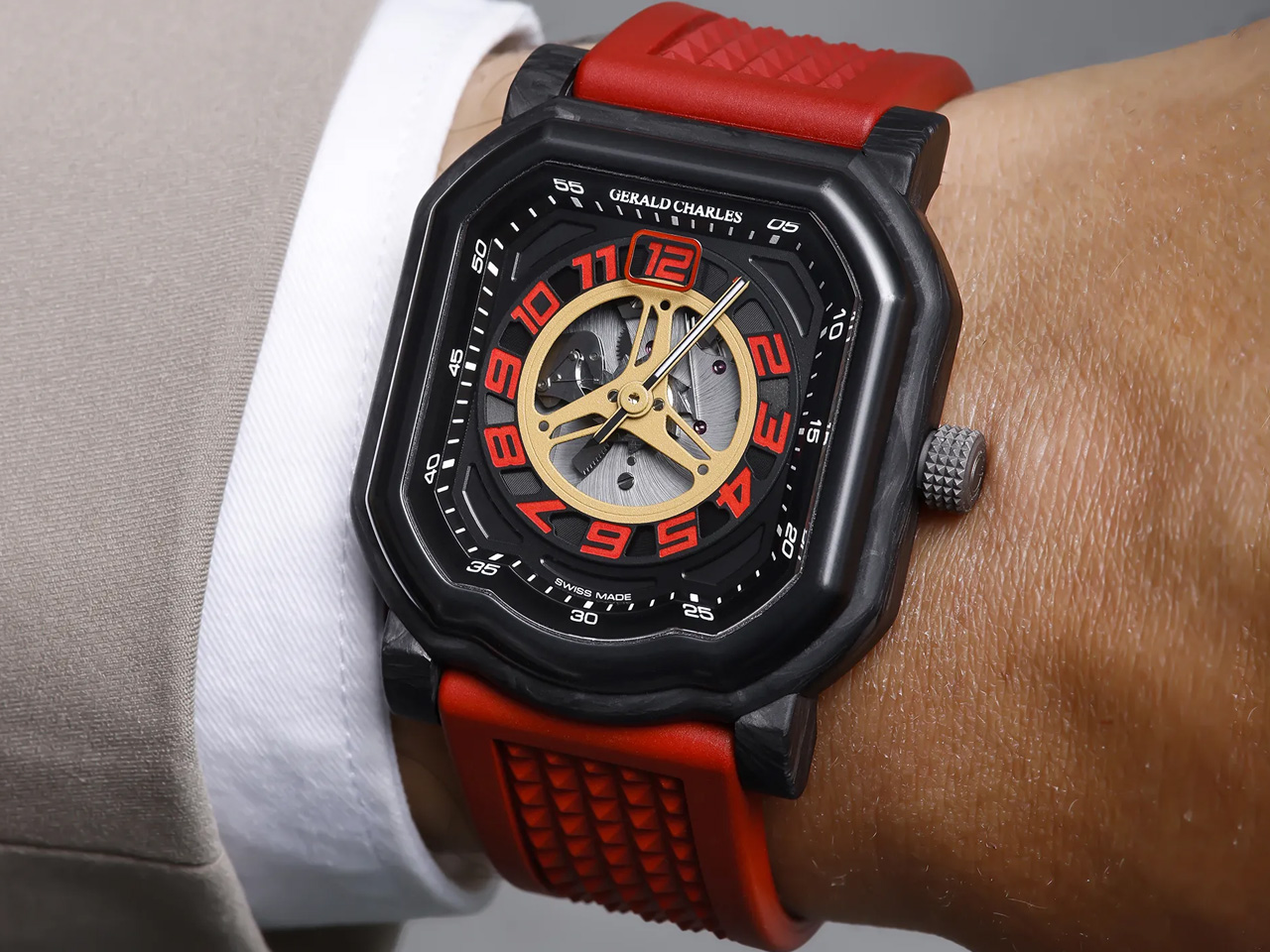
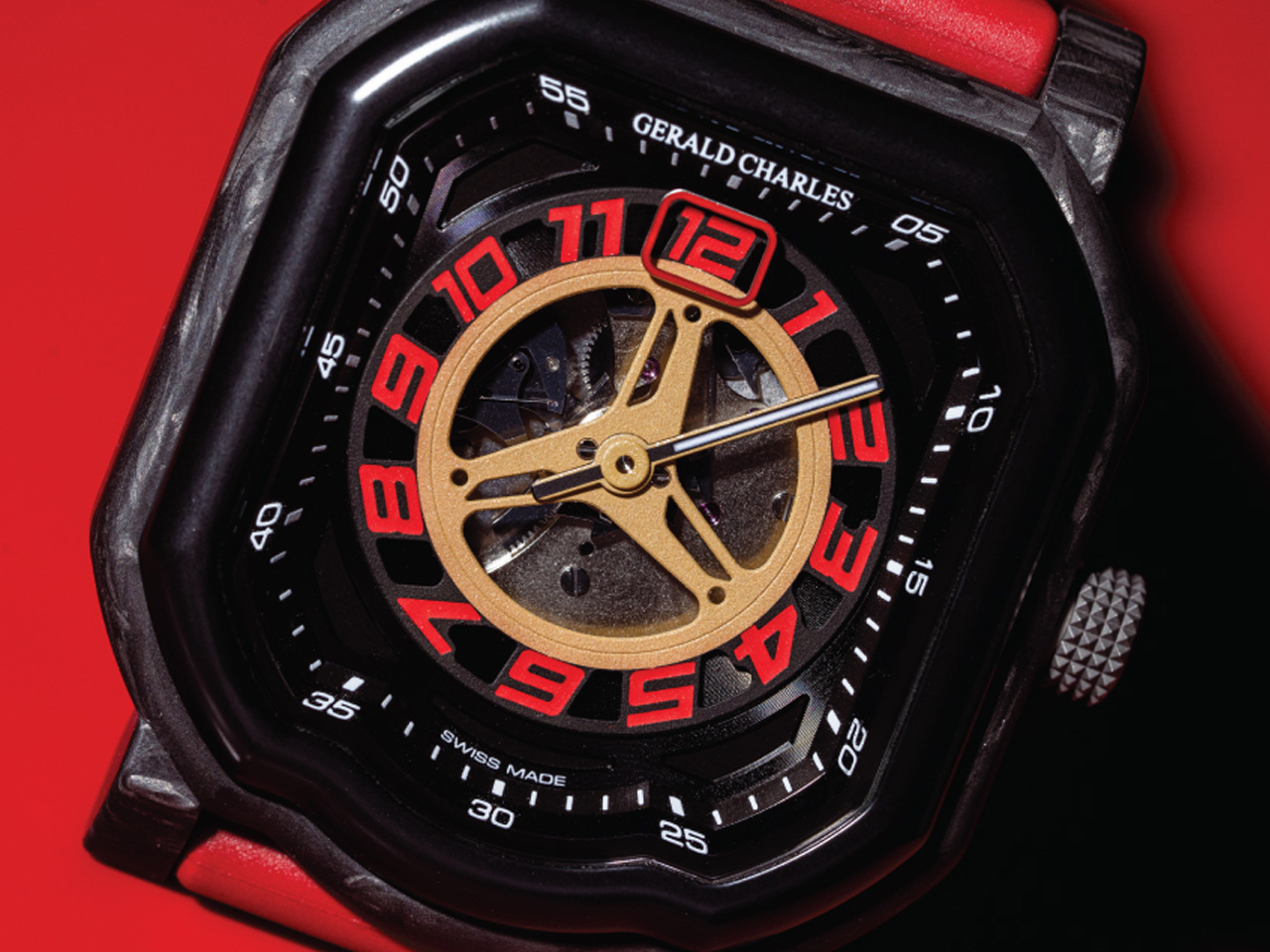
The celebratory, anniversary watch is super limited to only 250 pieces. Commemorating the legendary 916 superbike, it showcases some resembling elements paired with complex movements and precision watchmaking. The timepiece, you’d agree, has a retro-futuristic feel to it; not that it sways too much from the design aesthetics Gerald Charles is known to maintain, yet there is an air of freshness to this timepiece that Ducati fans would instantly recognize and embrace.
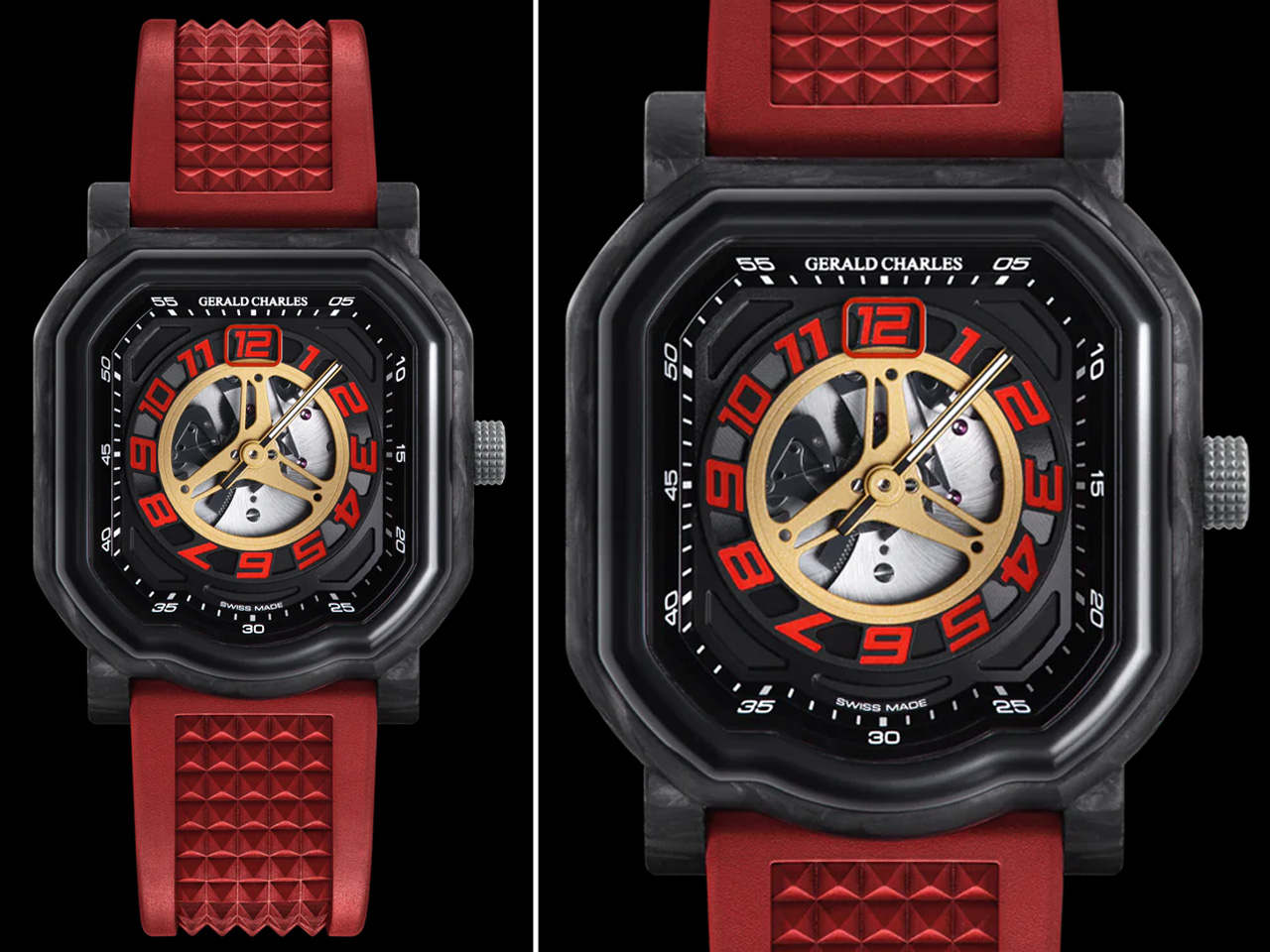
Starting with the case, it is made from marbled-black forged carbon, a material used in Ducati bikes. Since it’s super lightweight and resistant to elements, it is the ideal material for watchmaking, rendering the bike up to 10m water resistance and 5G shock resistance. The 6.15 mm thick case is lined with a black ceramic bezel, within which is the eye-catching black dial accentuated by bright red numerals featured around a golden disk in the shape of a rim (reminiscent of the three-spoke bronze alloy of the Ducati 916) which form part of the Gerald Charles’ proprietary jump hour function, recognizable on the watch by the absence of the hour hand.
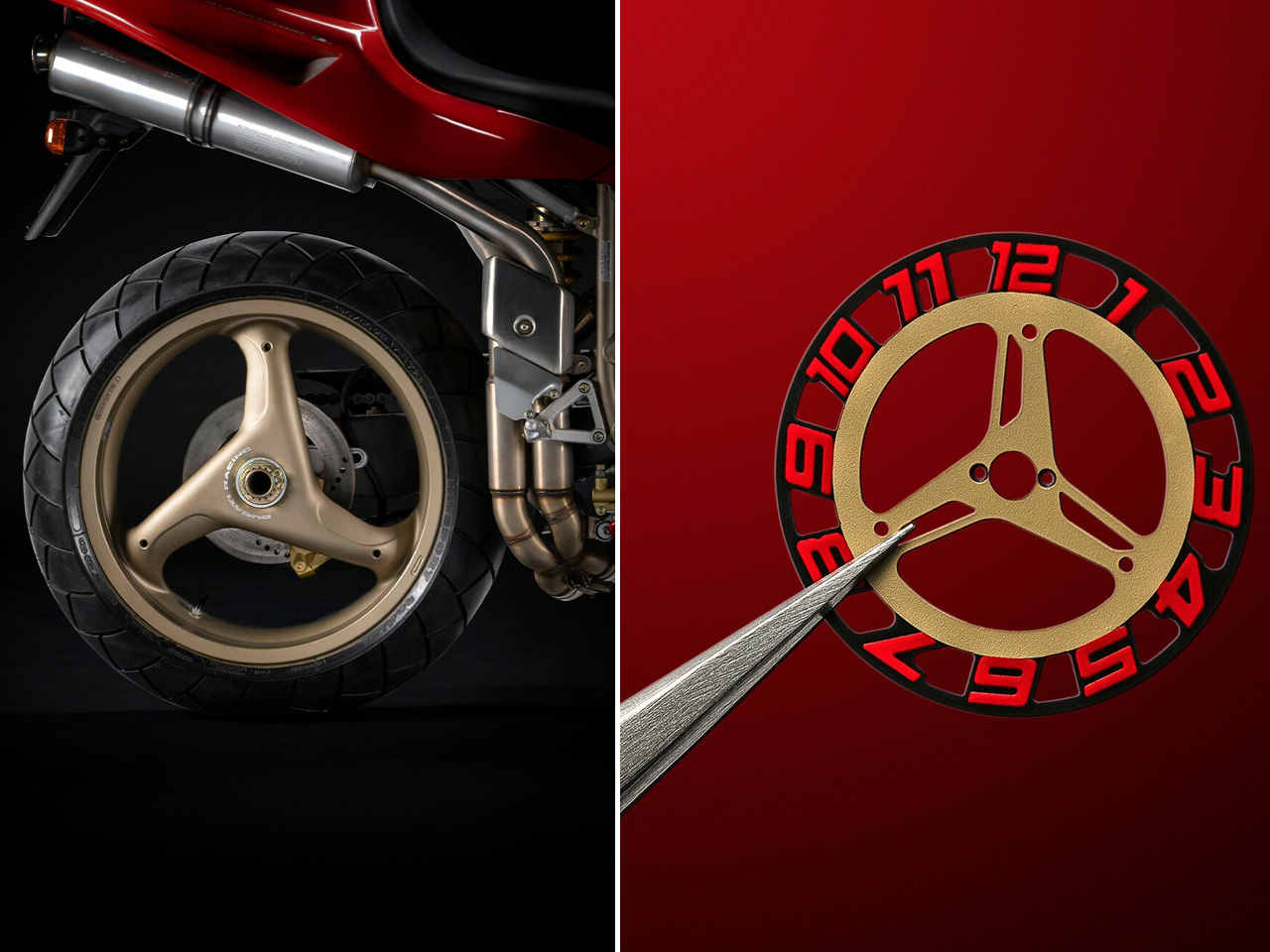
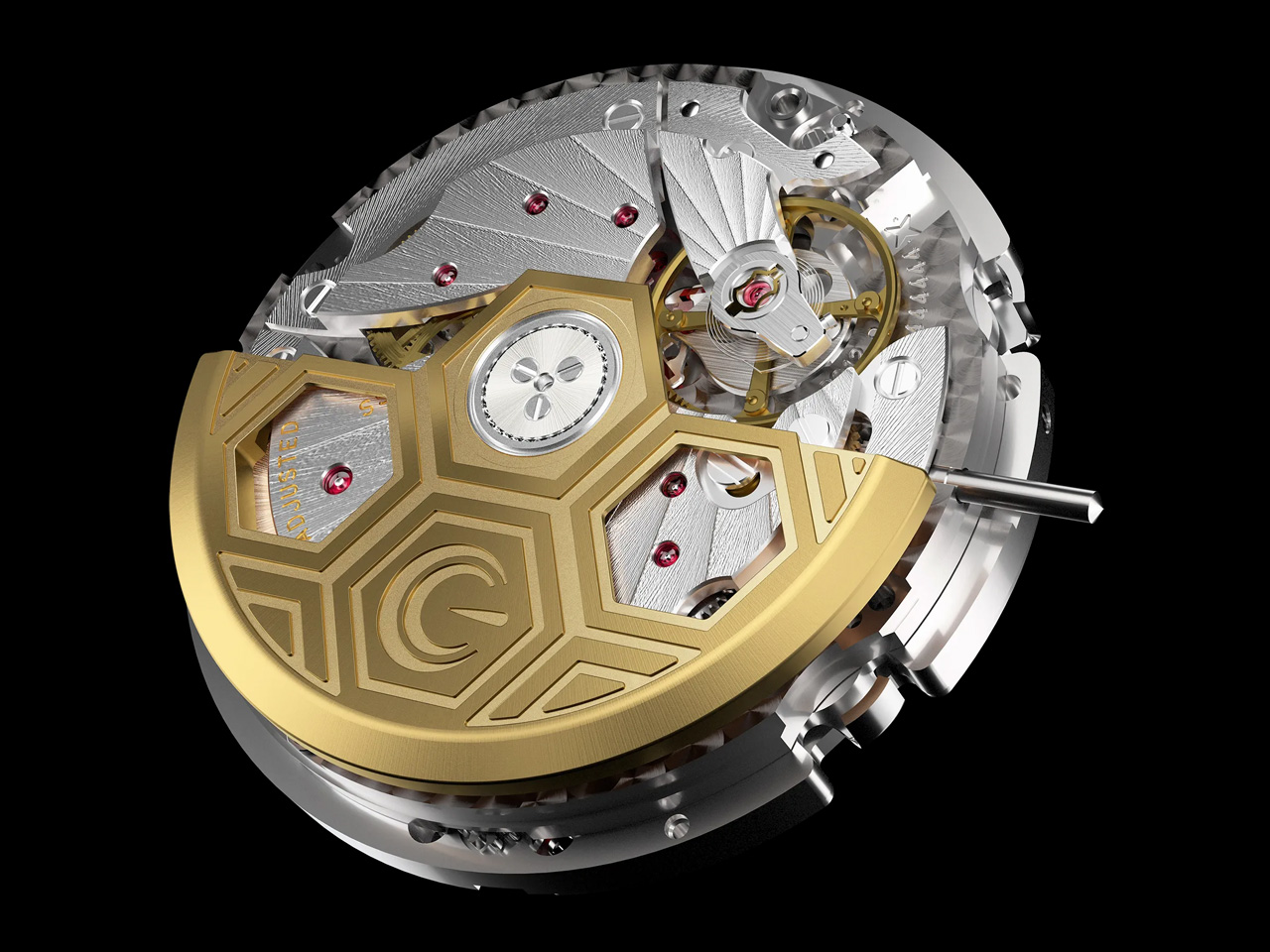
All 12 of the numerals are filled with red Super-LumiNova for better legibility at night, while the watch features sapphire crystal see-through caseback that displays the movement within. The caseback is an interesting place, it comes enriched by the iconic Ducati 916 logo and can be engraved with a serial number for exclusivity. The Gerald Charles Maestro 4.0 Ducati 30° Anniversario 916 is now retailing for $42,400.
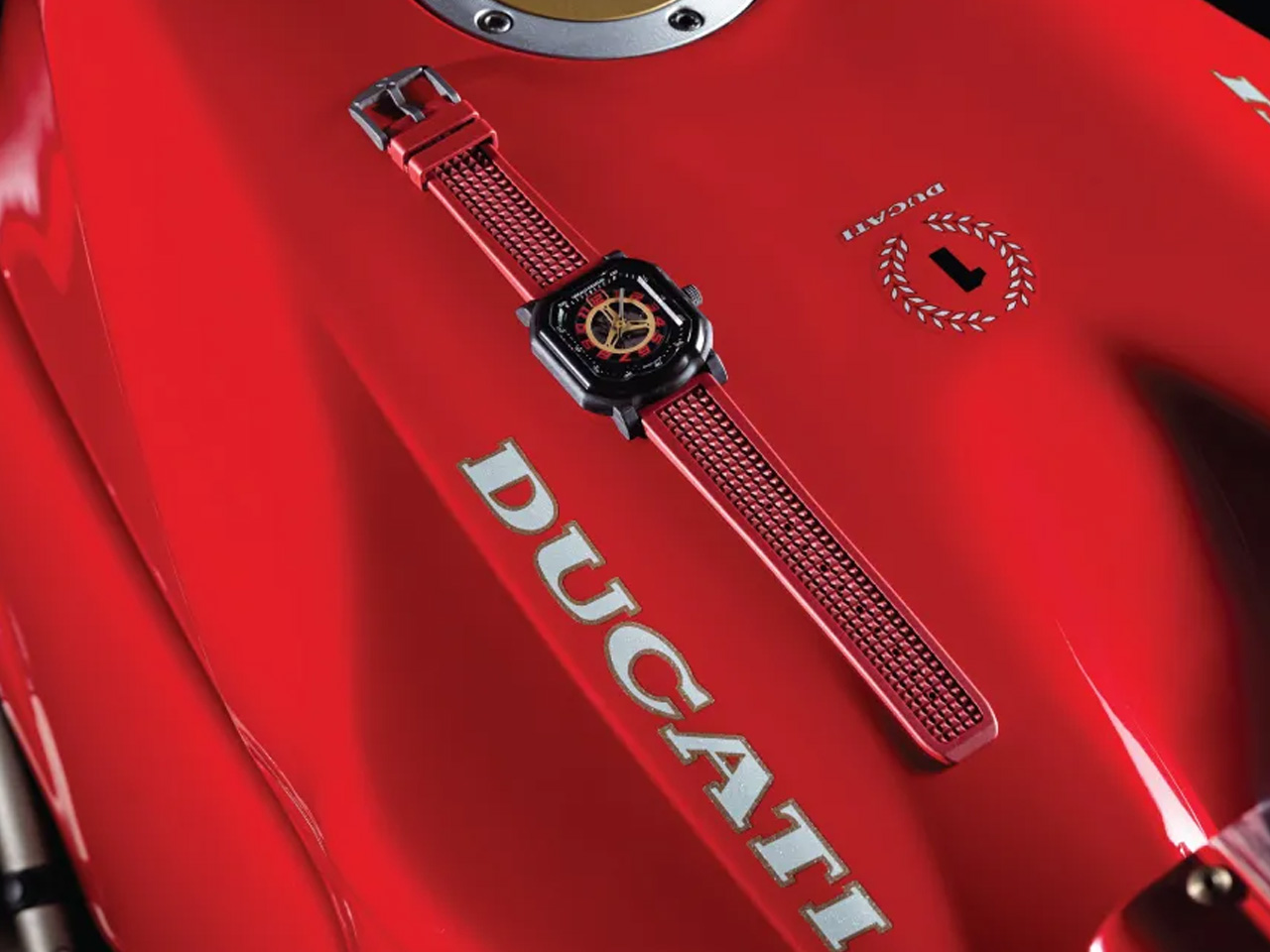
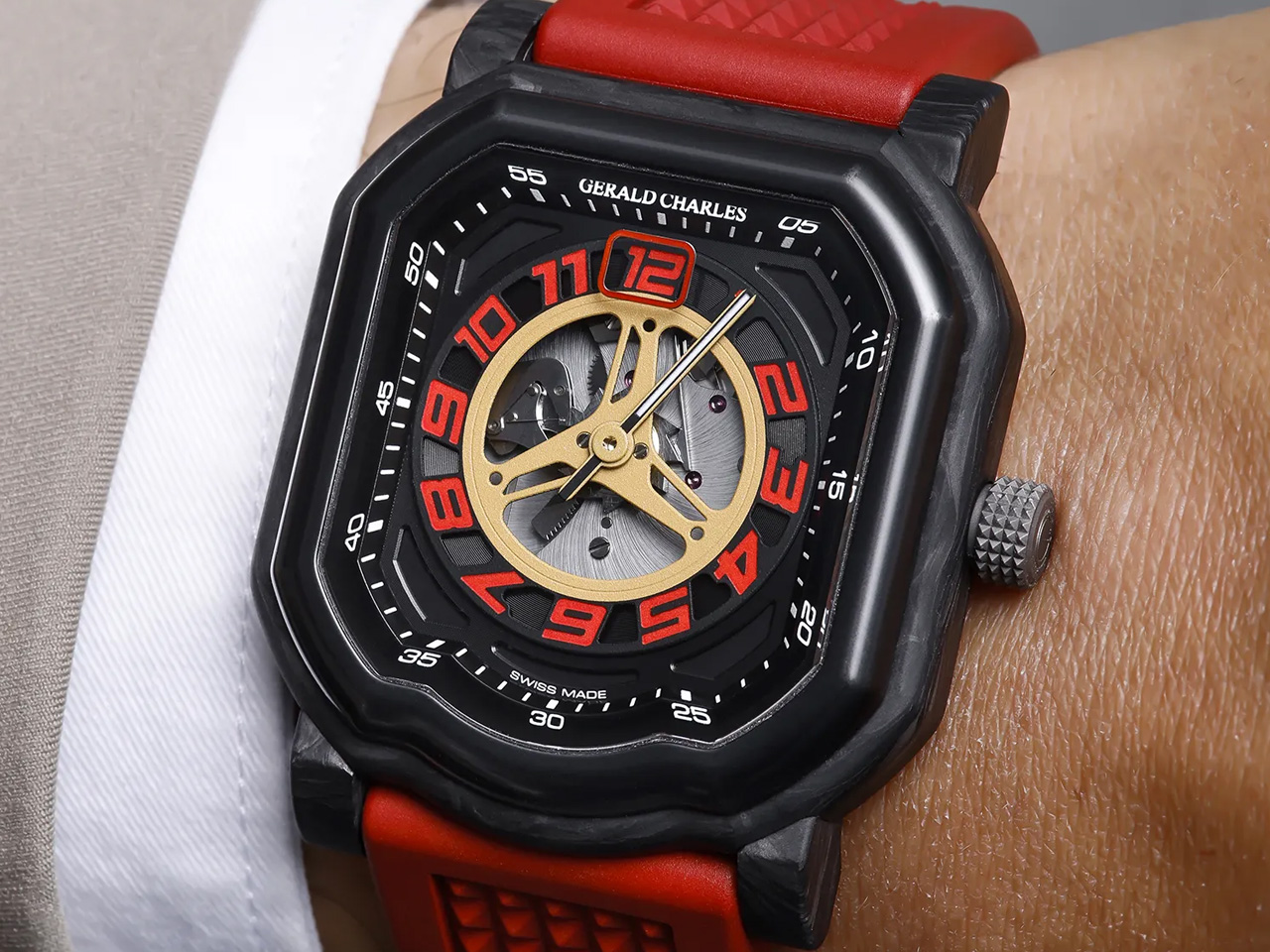
The post Gerald Charles Maestro 4.0 Ducati 30° Anniversario 916 watch is every fan’s dream buy first appeared on Yanko Design.
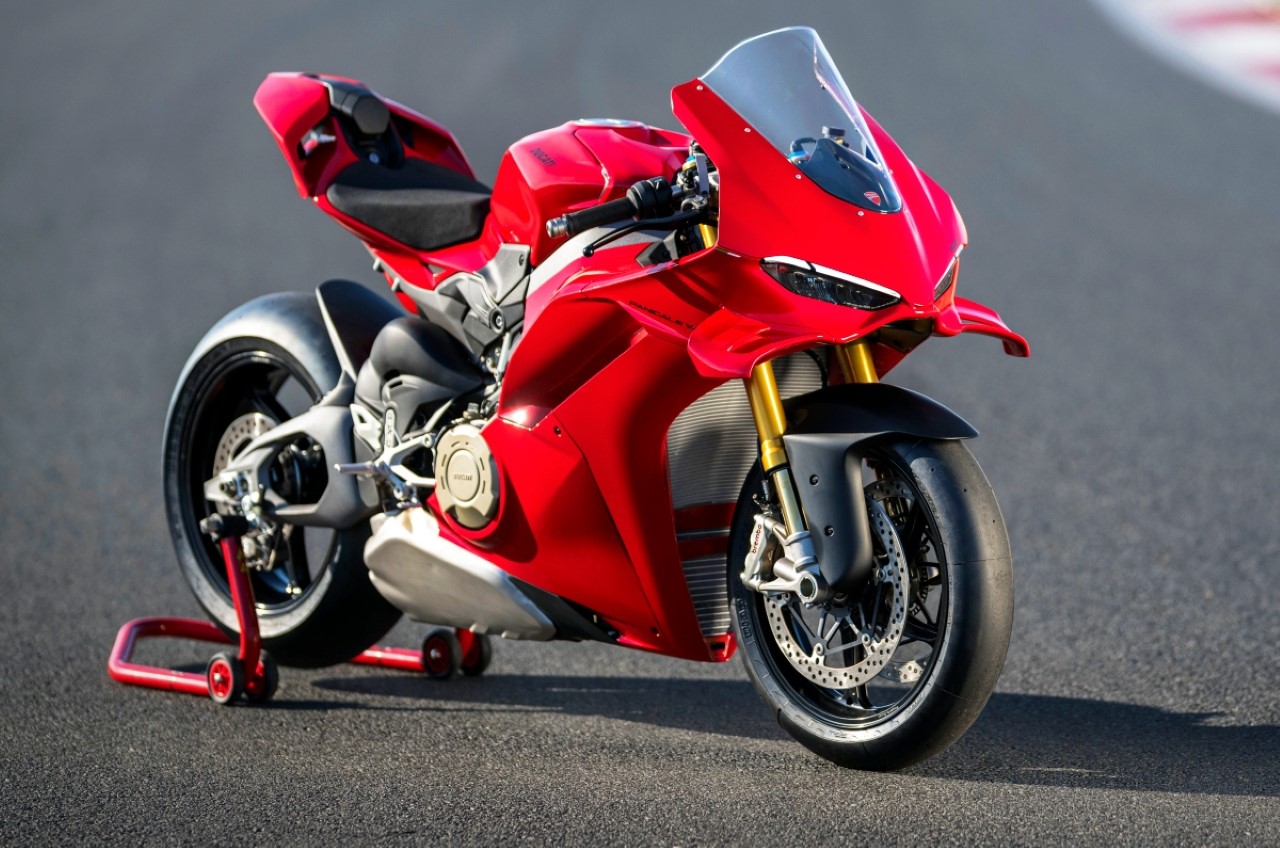
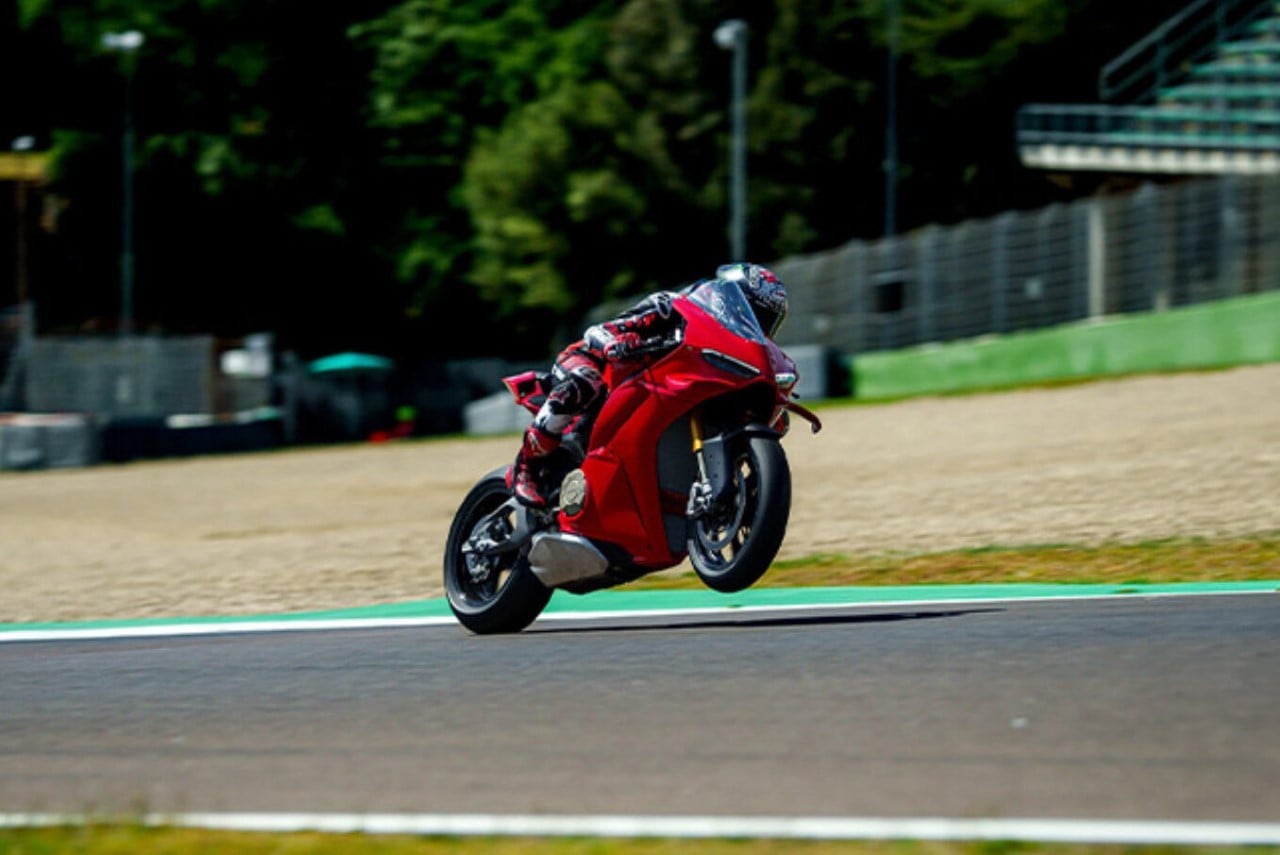
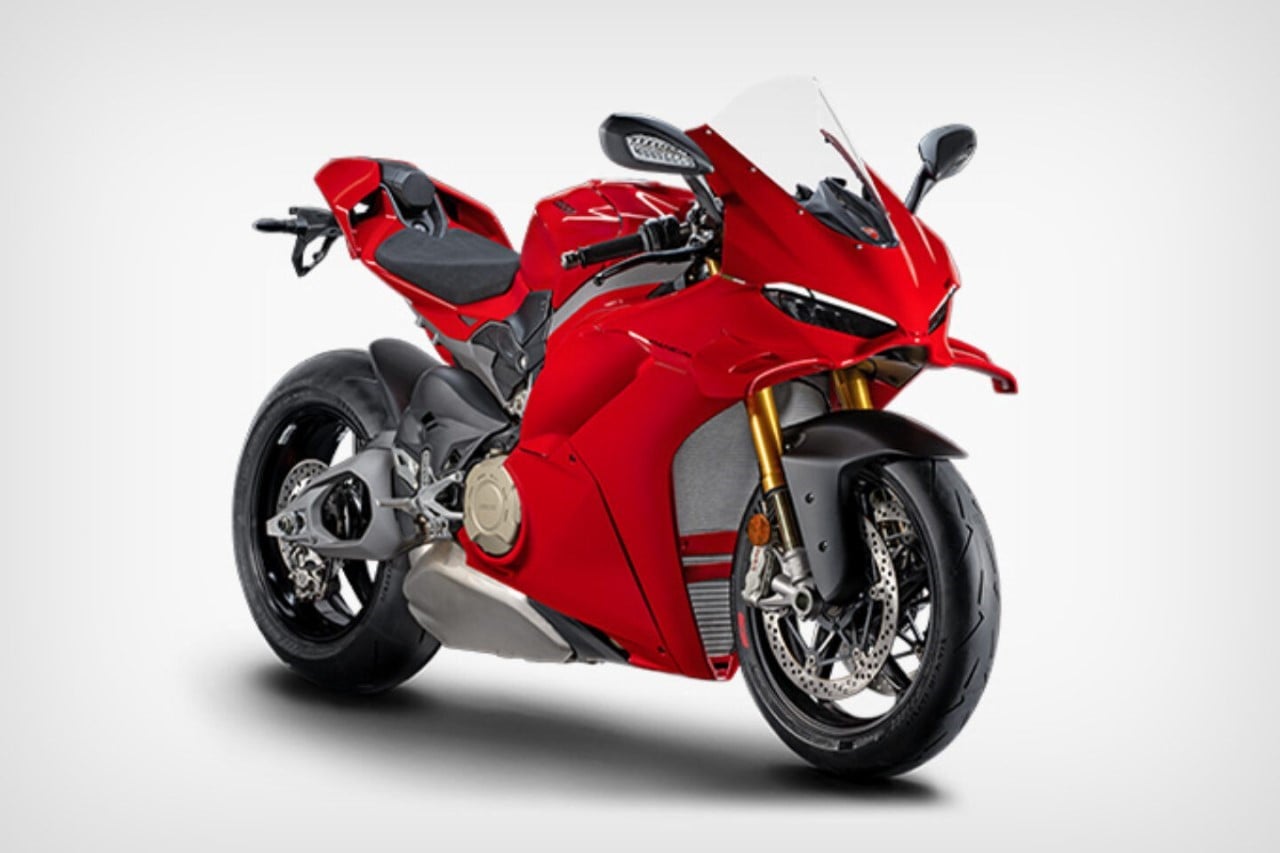
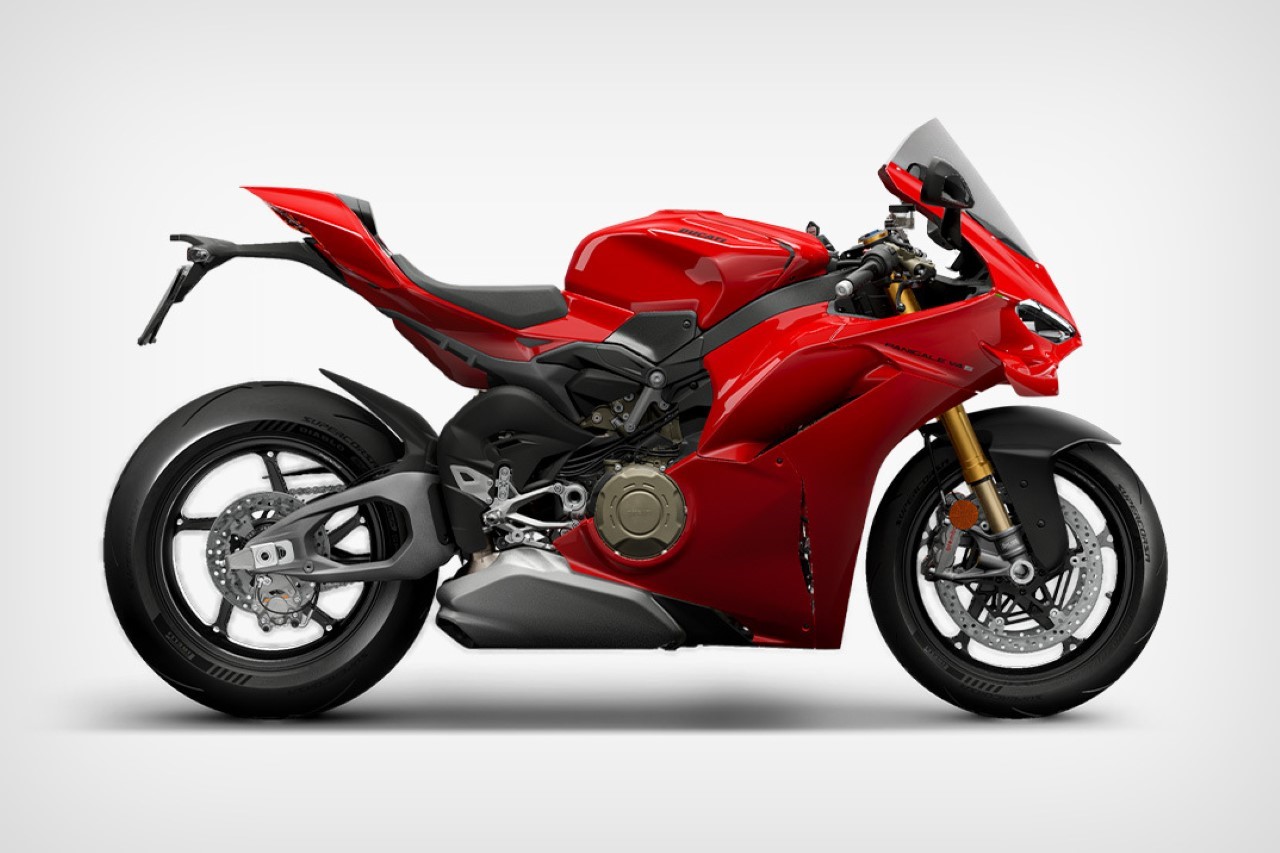
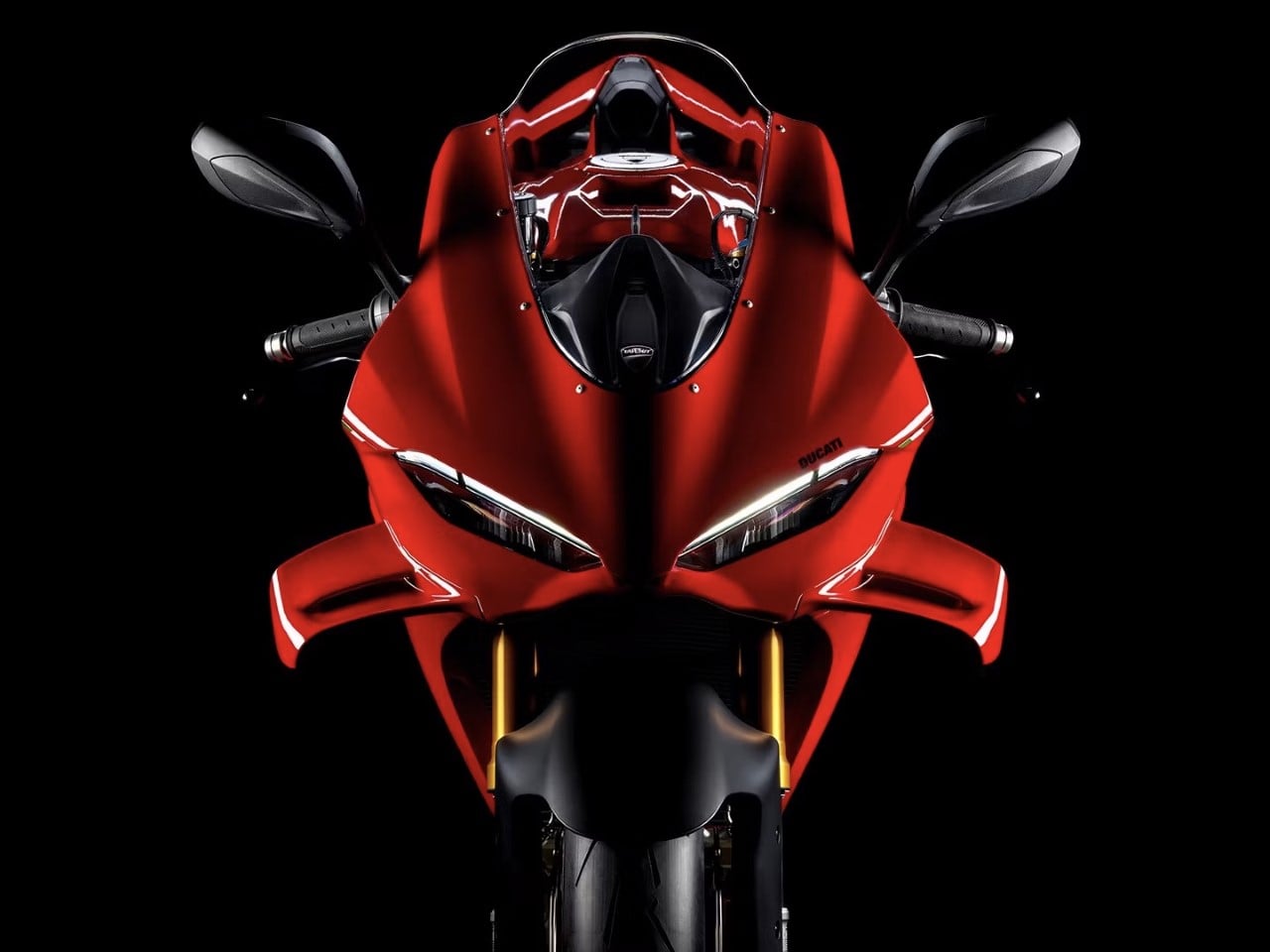
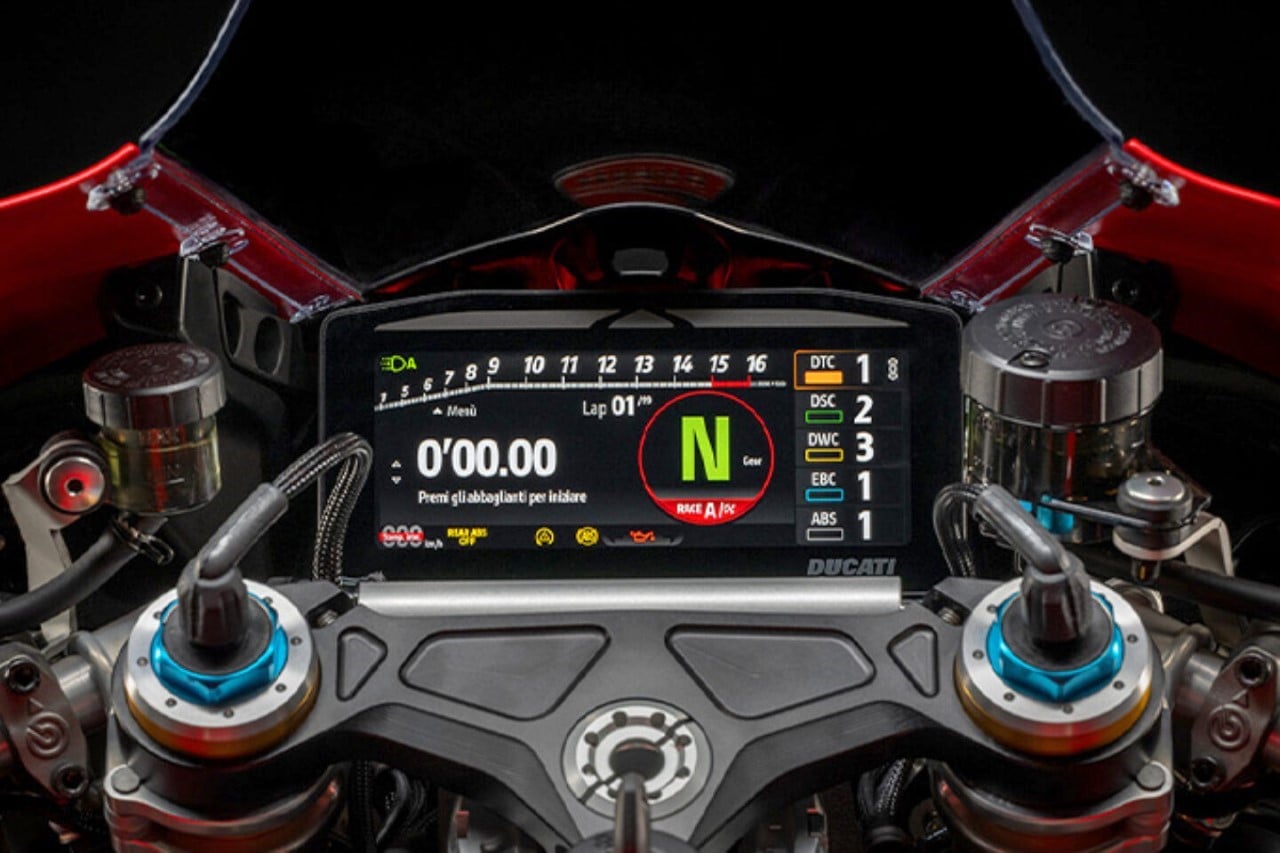
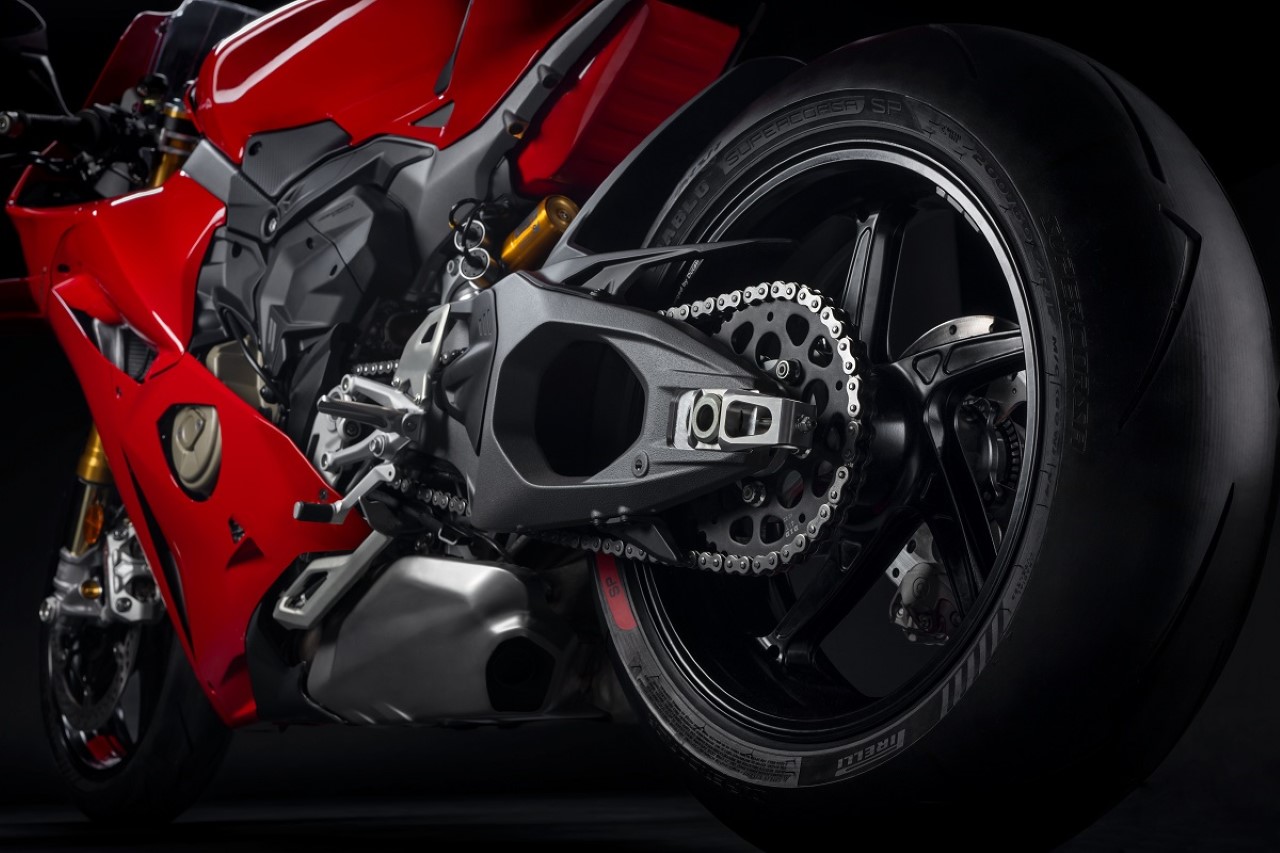
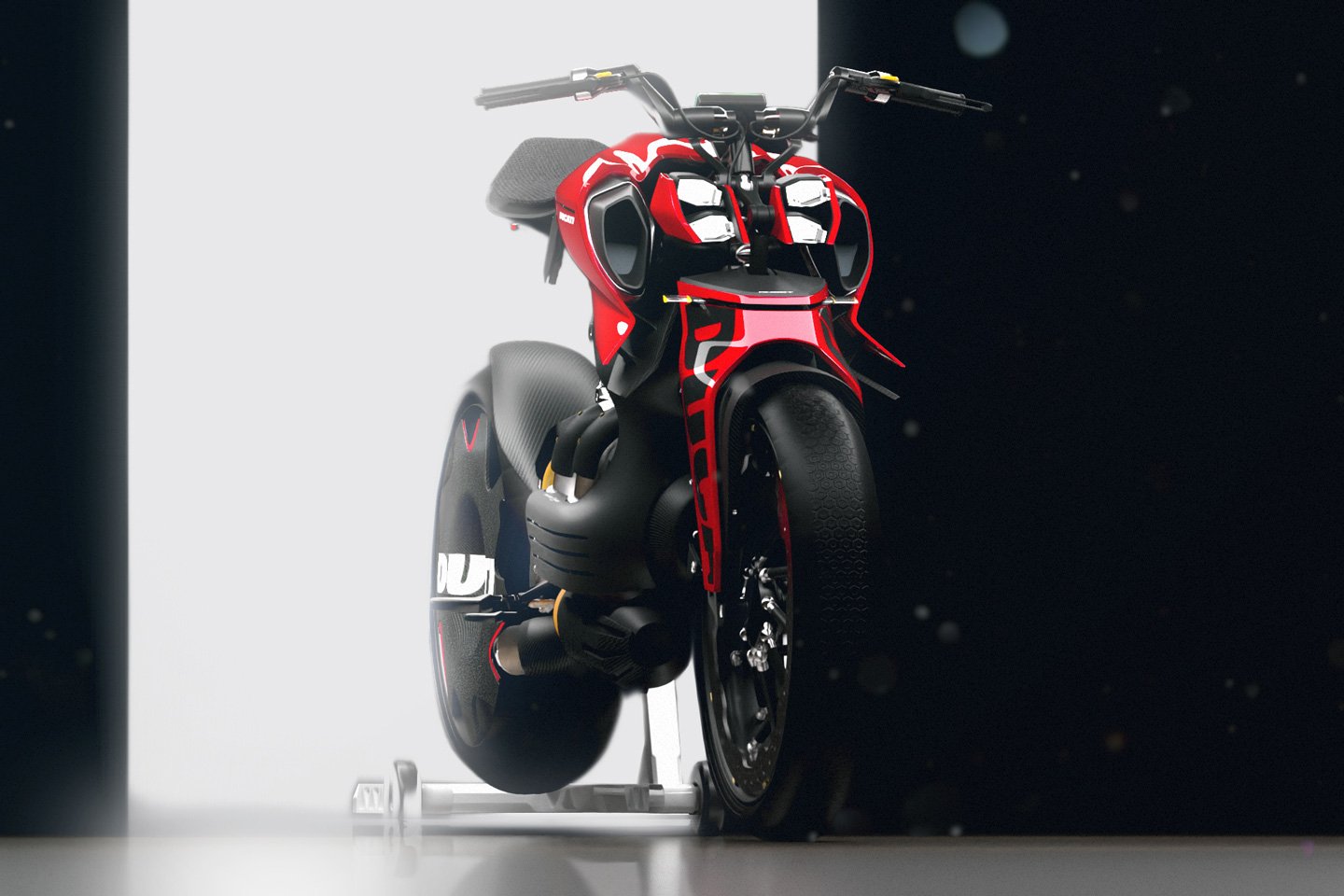
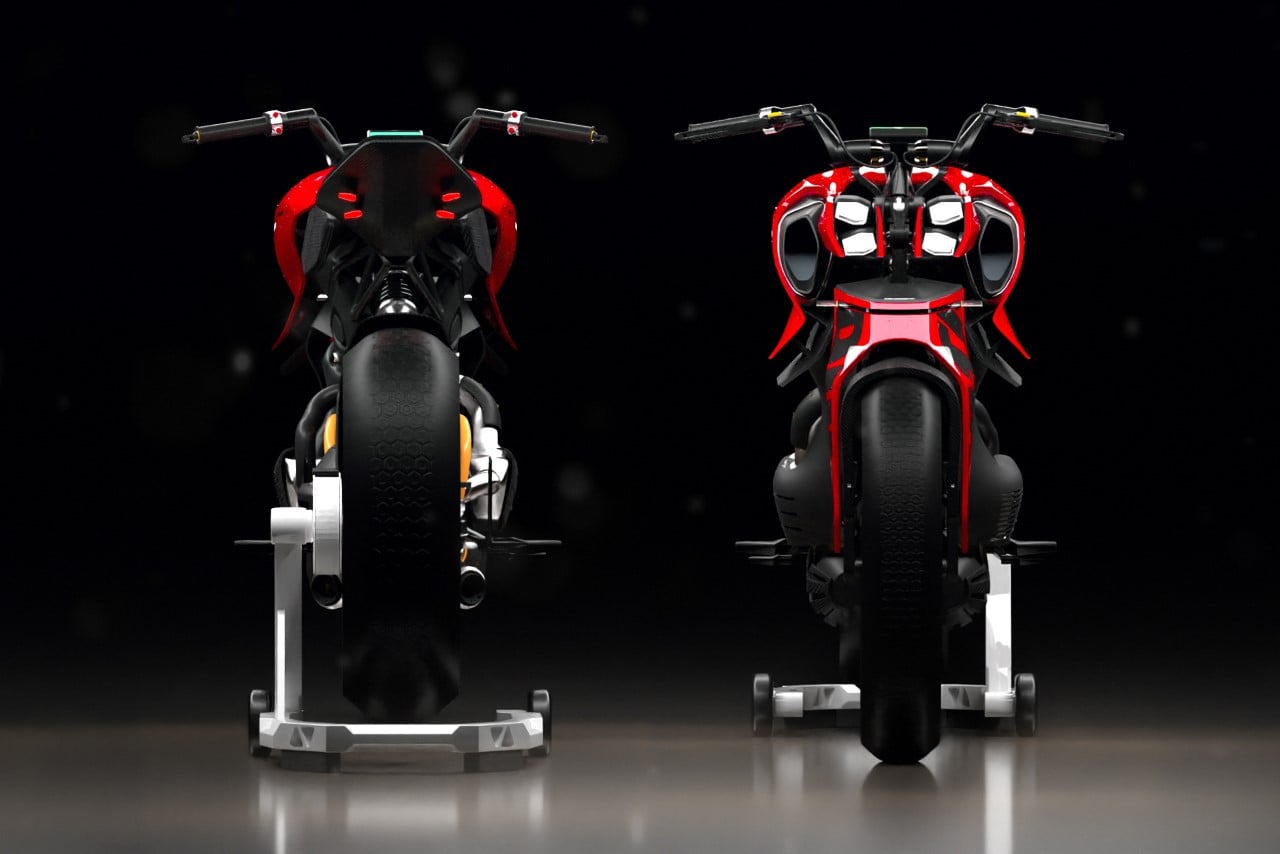
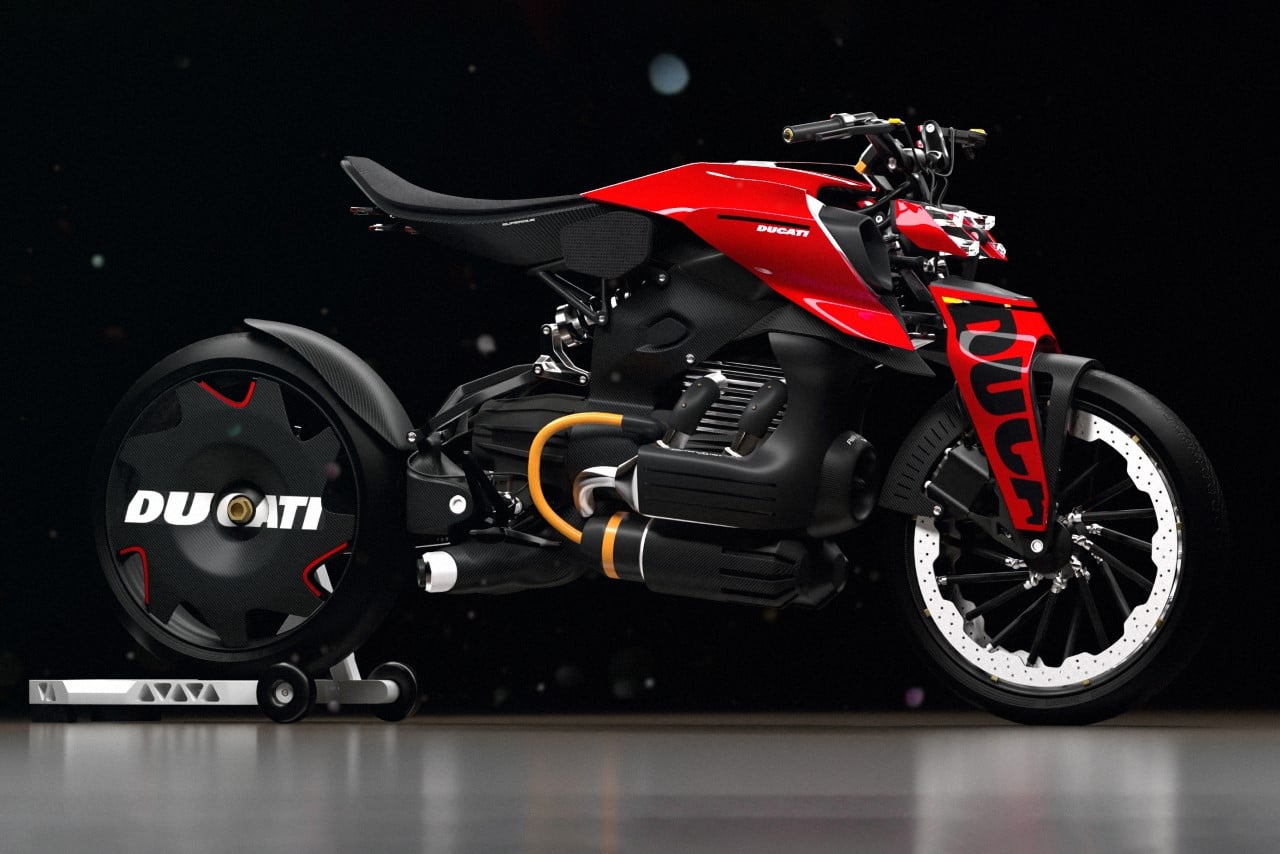
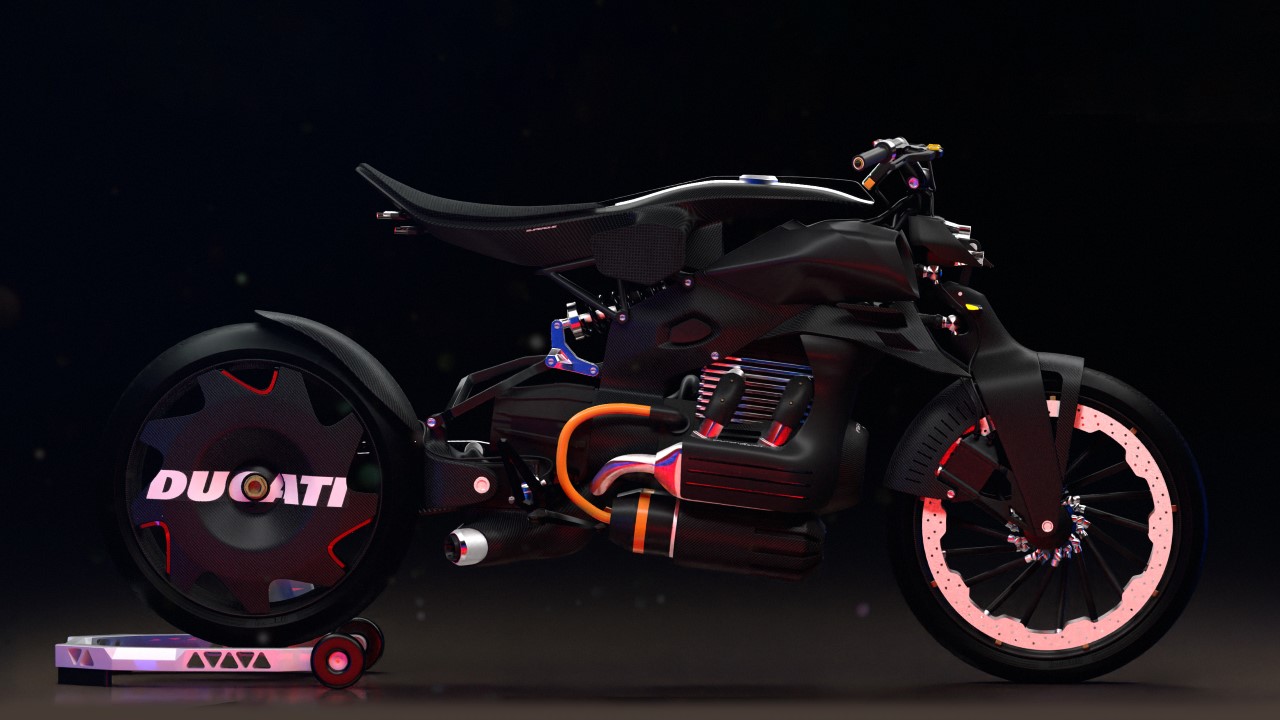
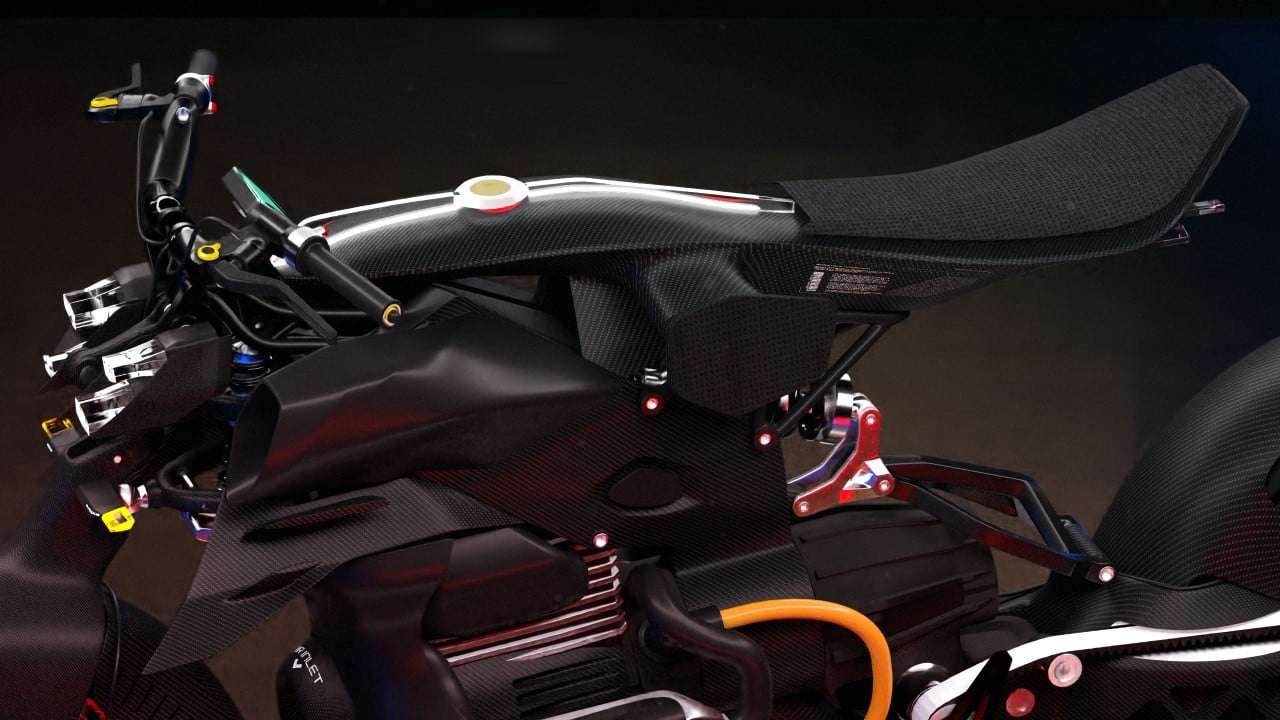
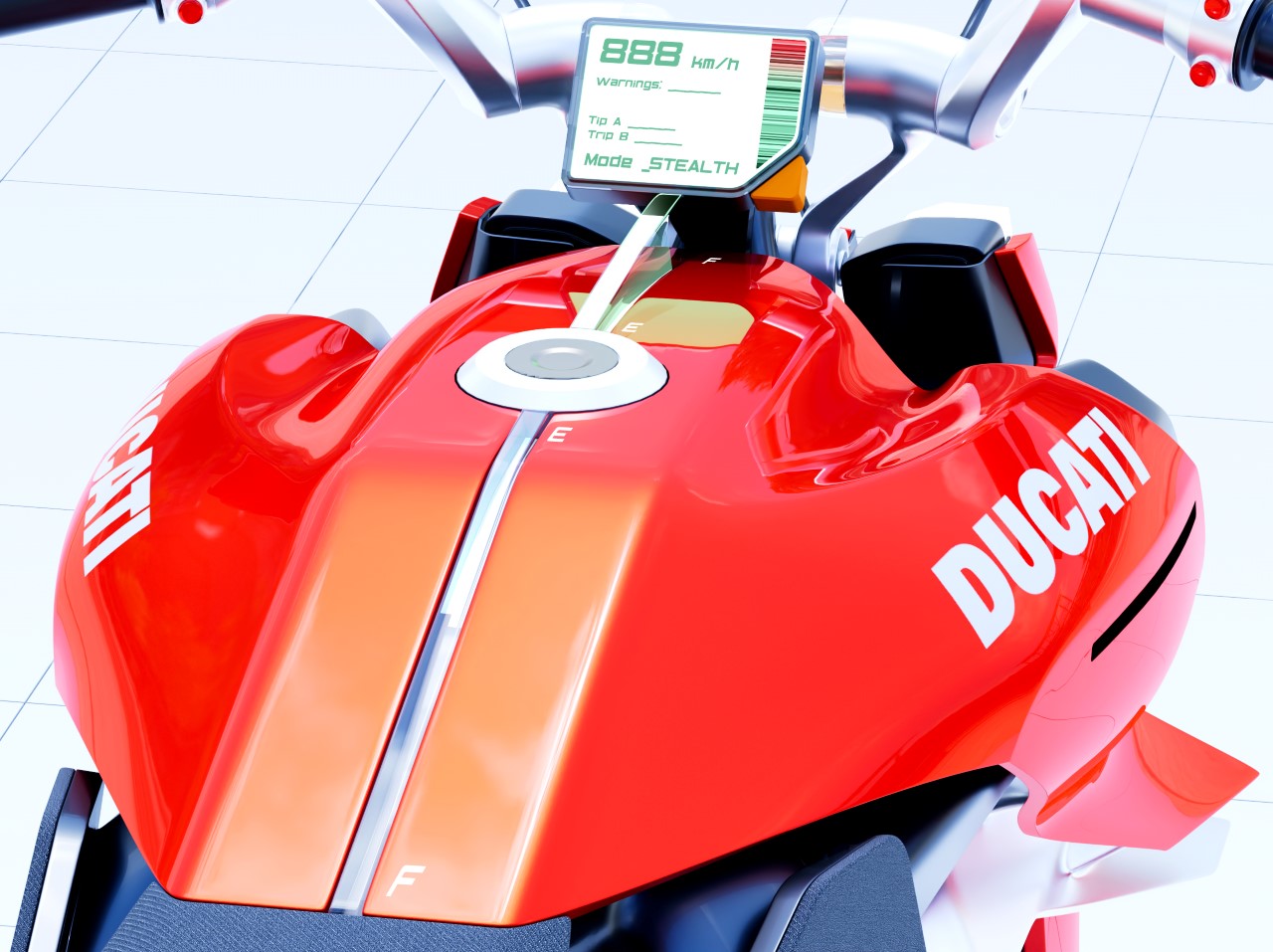
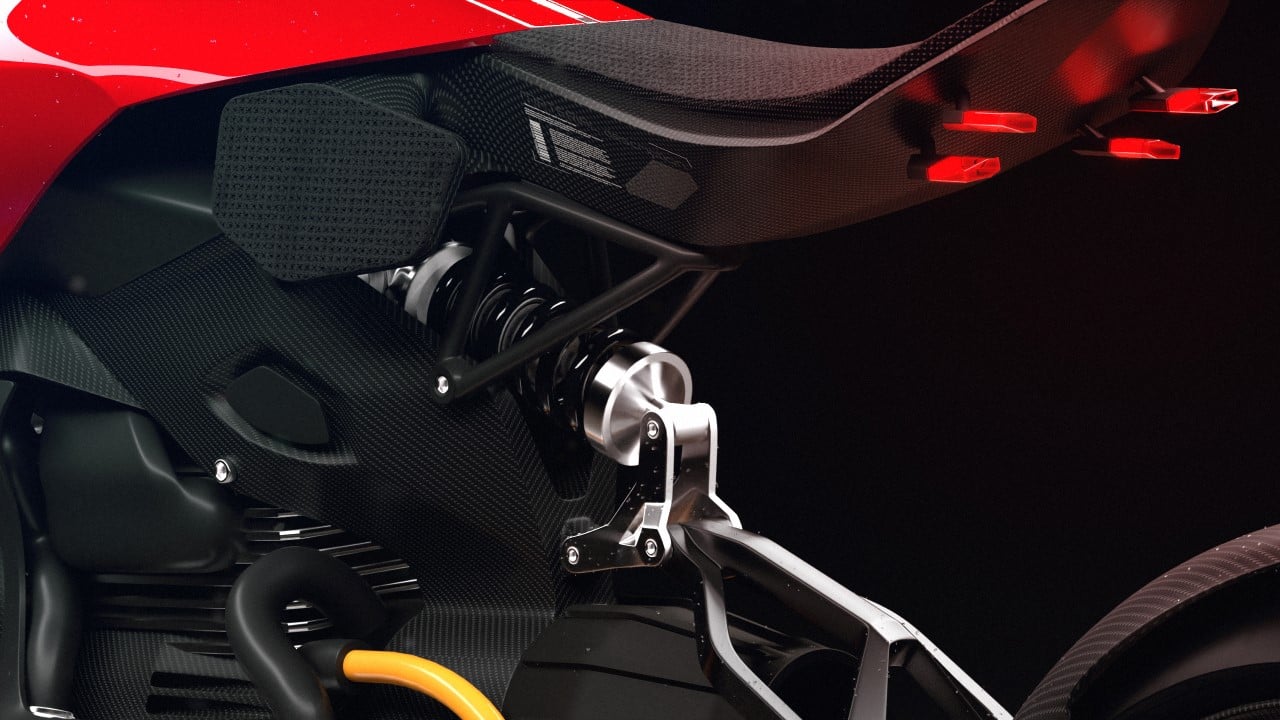
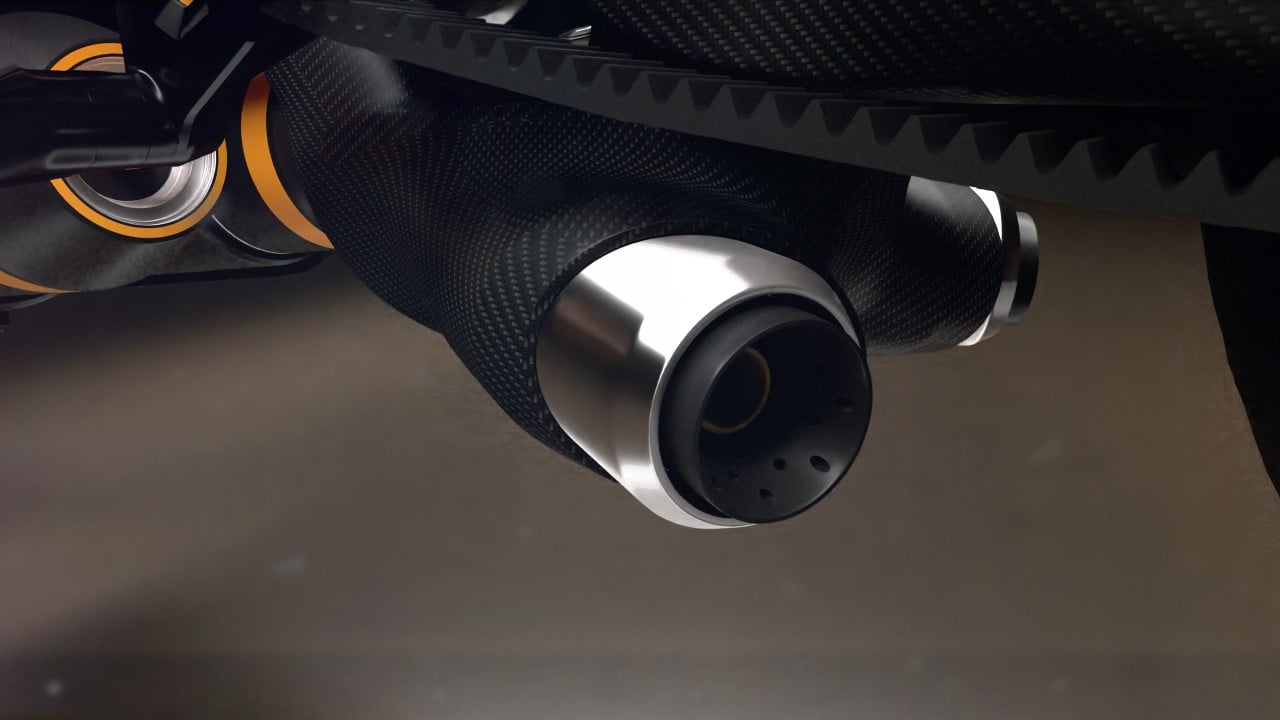
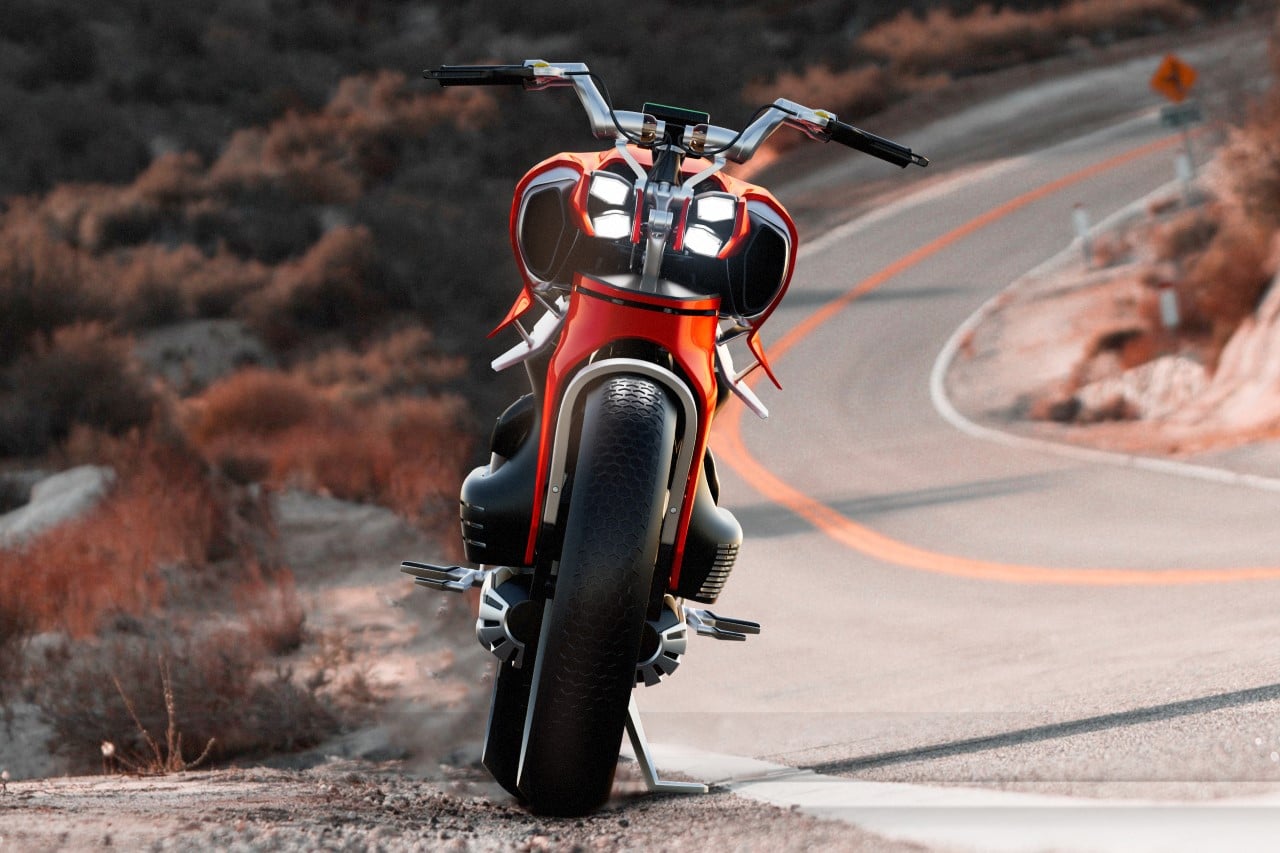
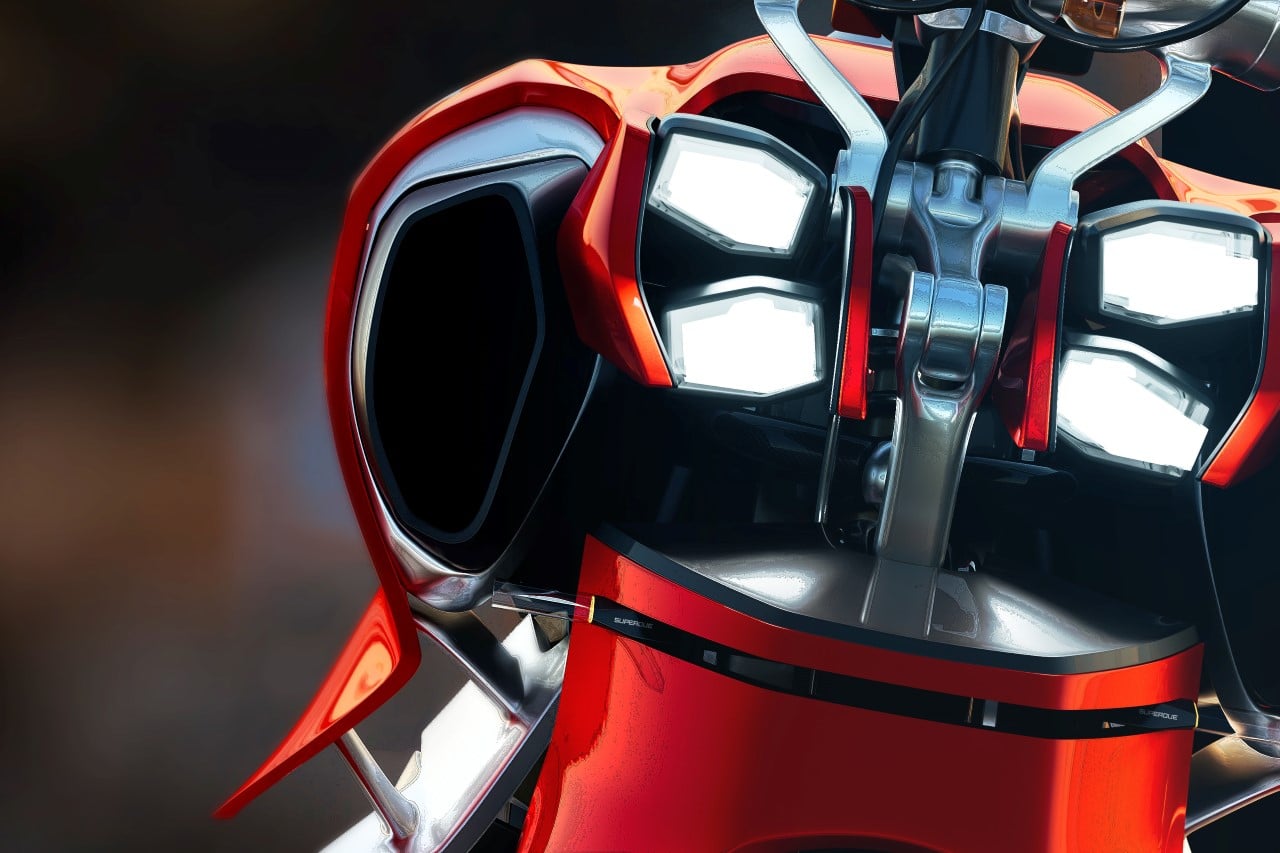
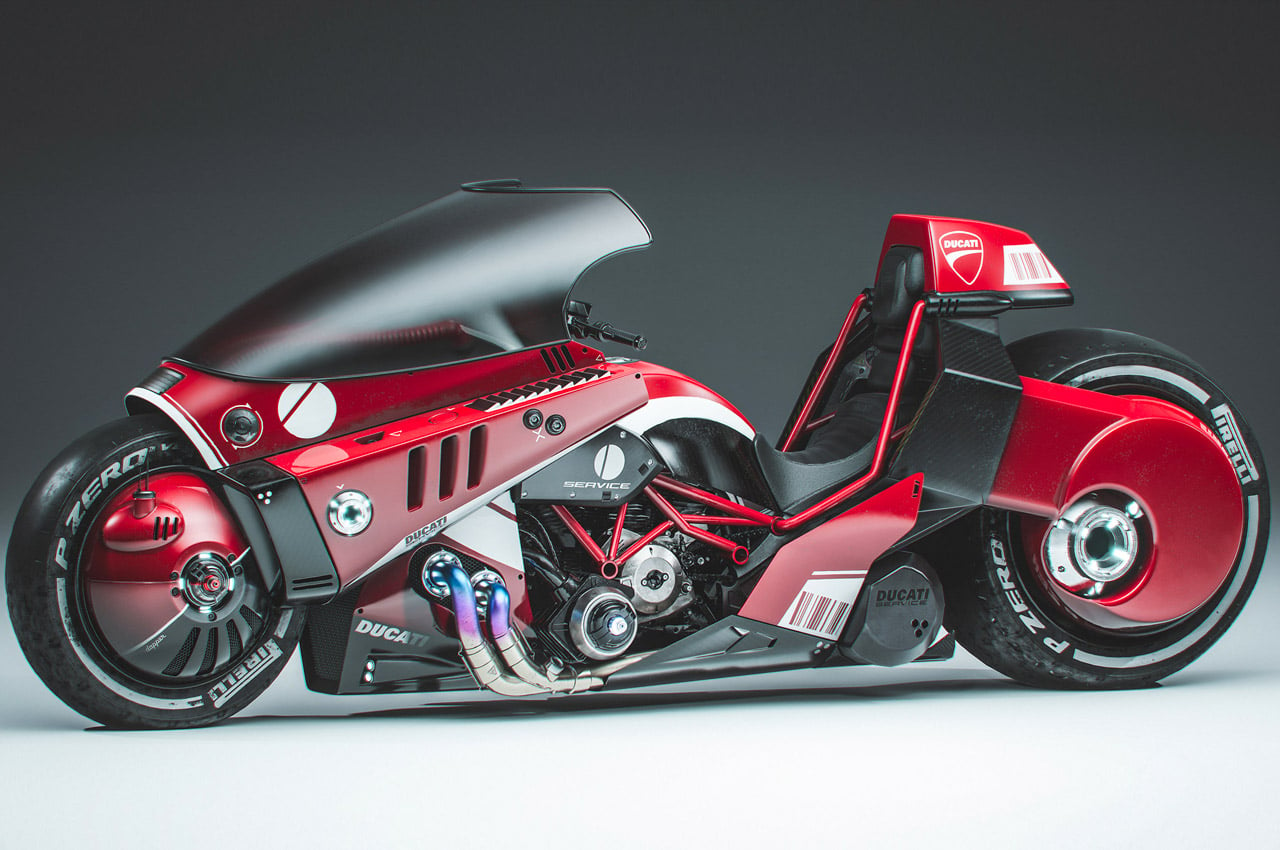
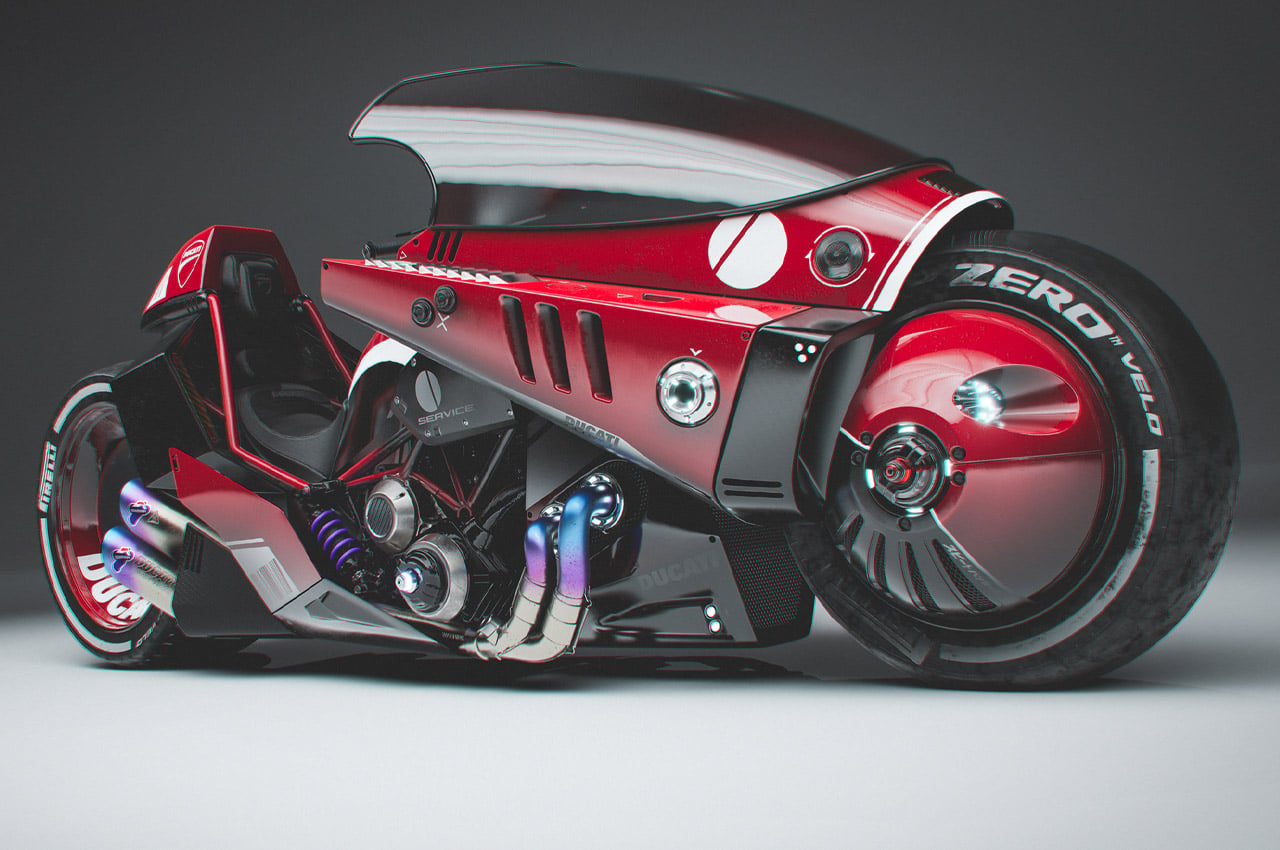
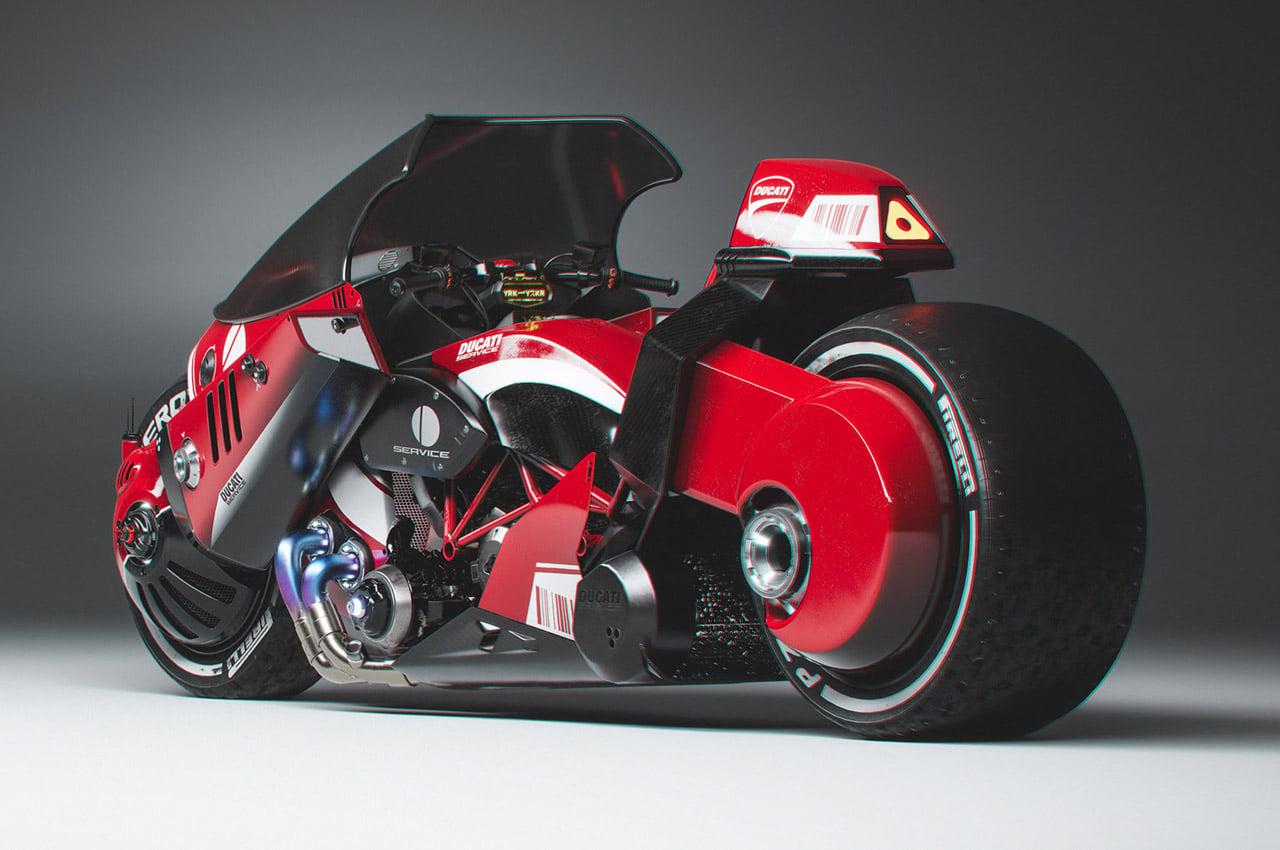
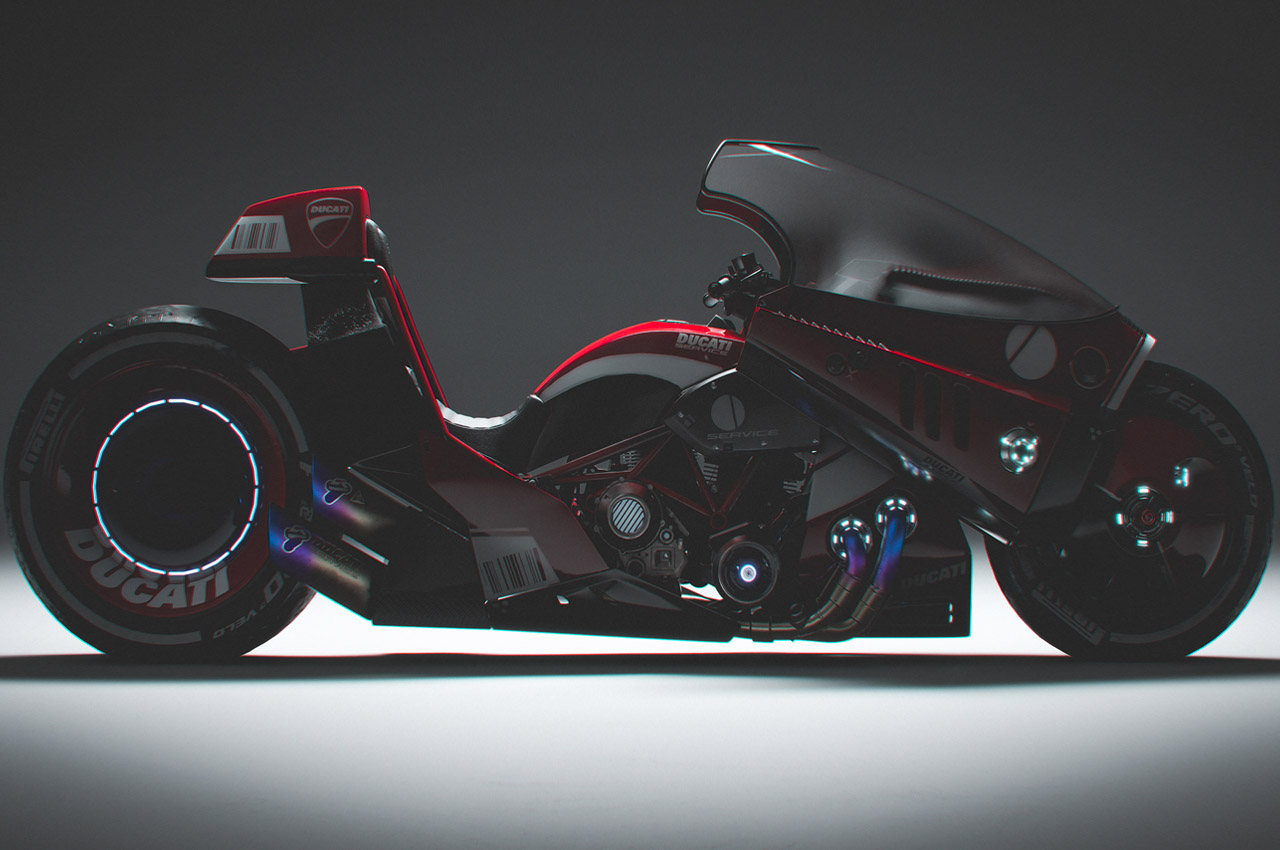
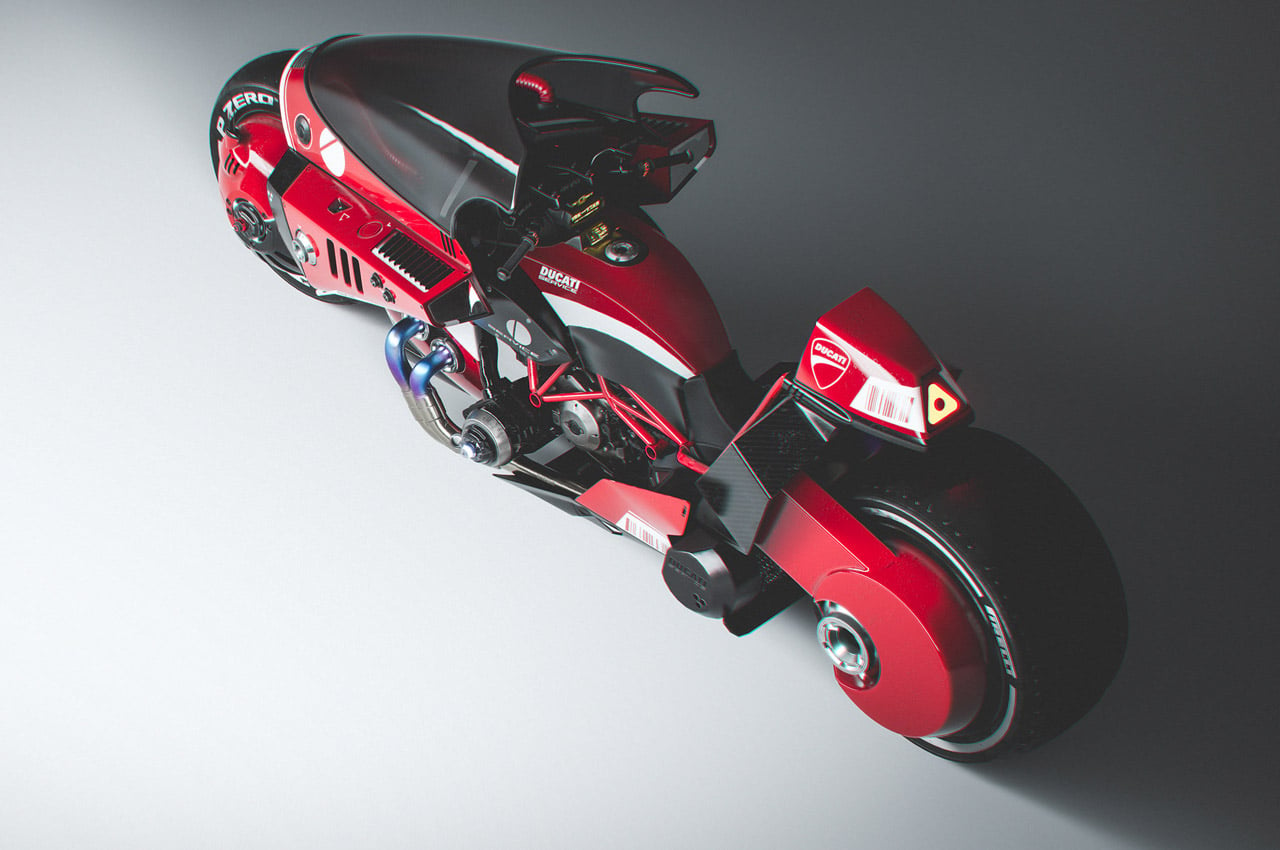
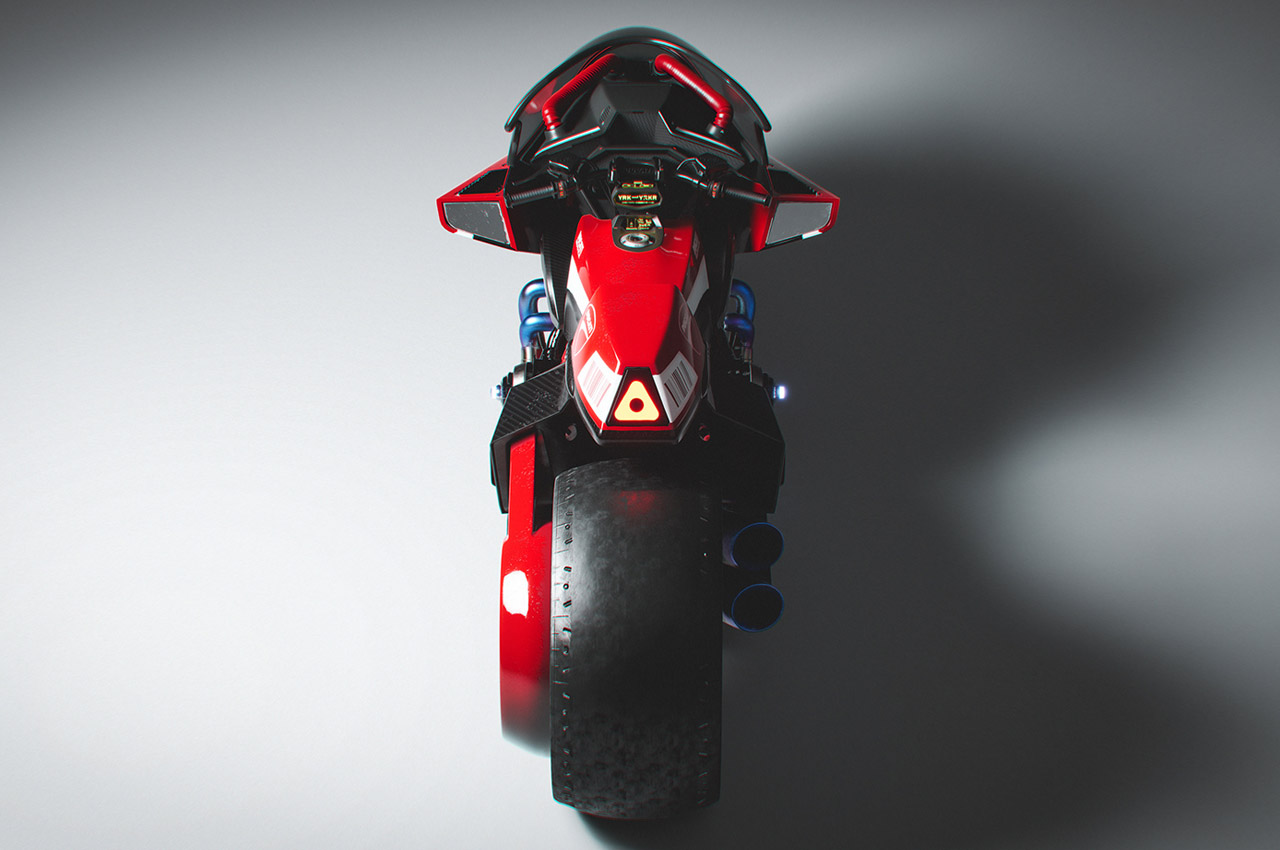
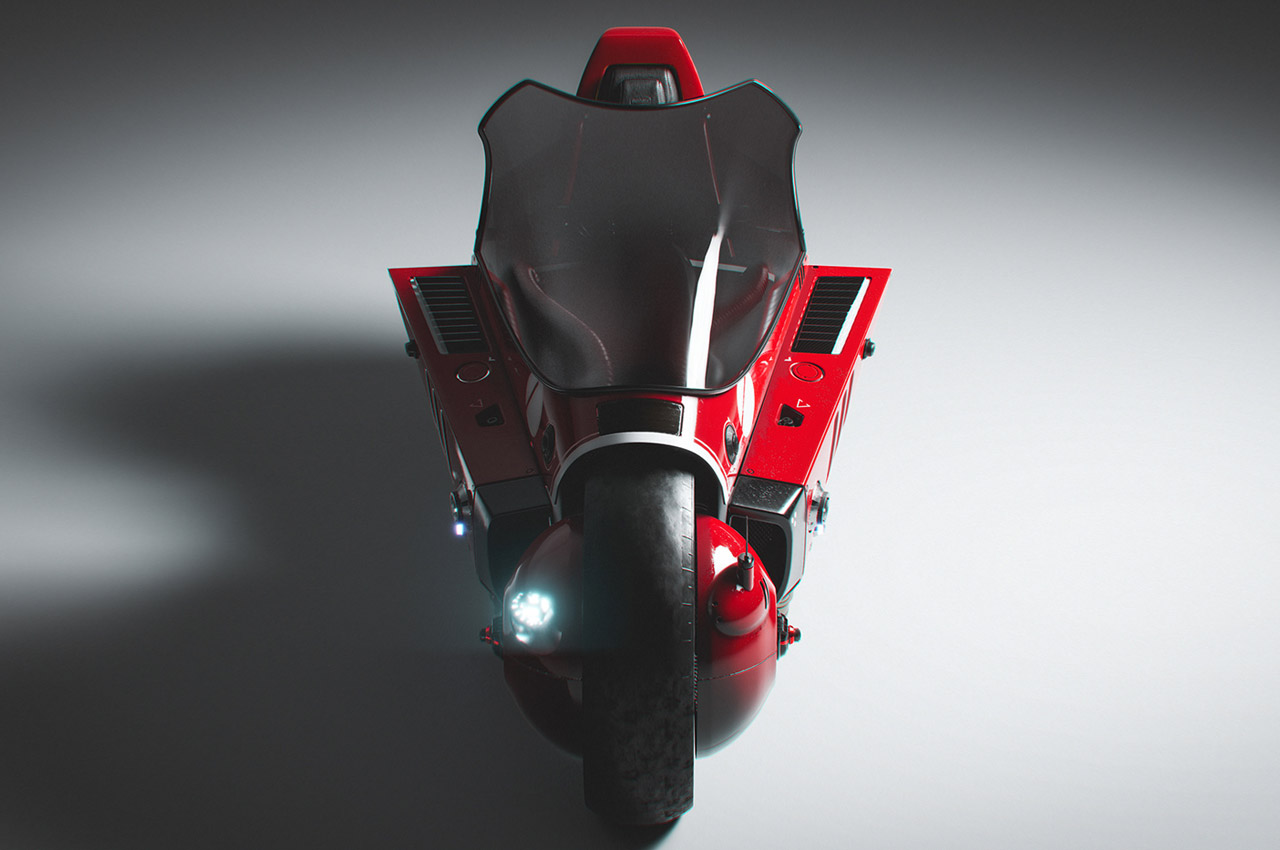
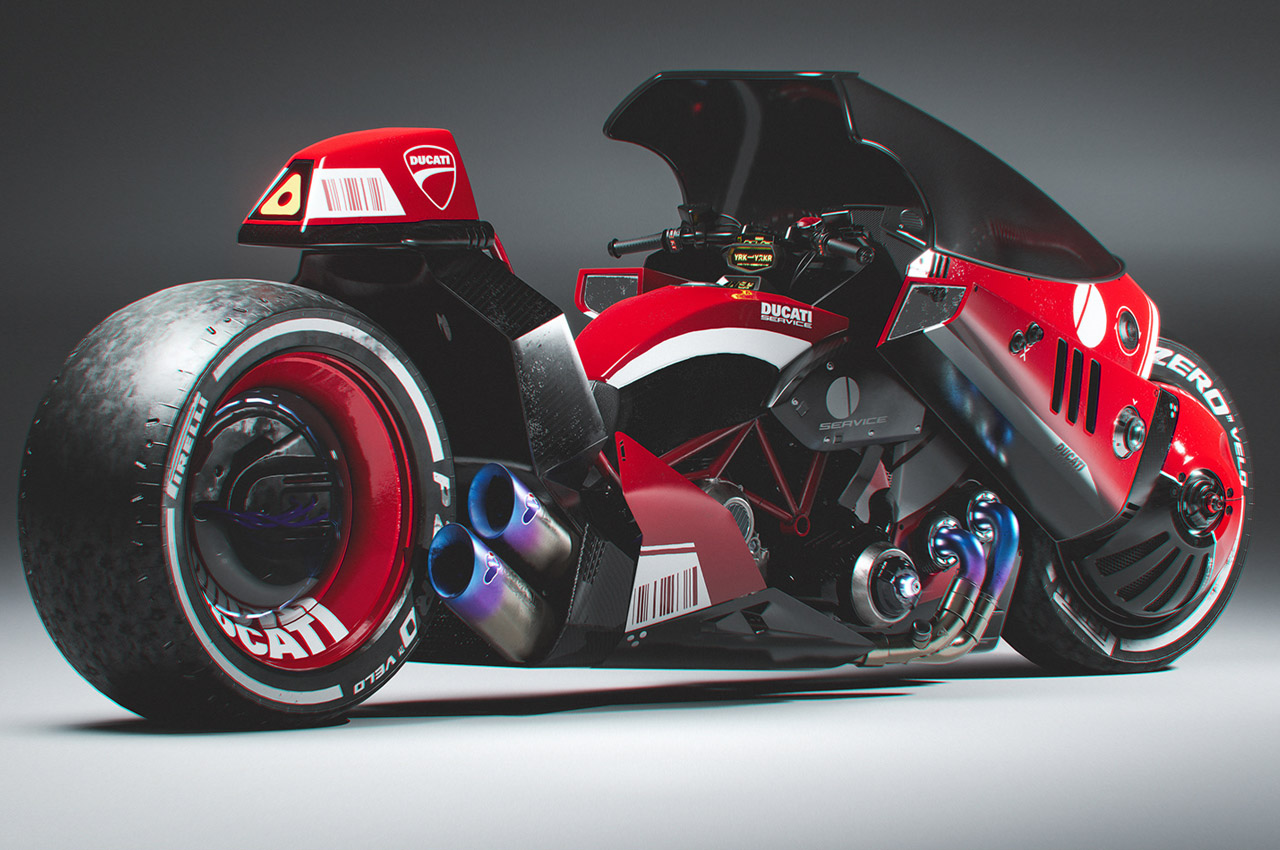
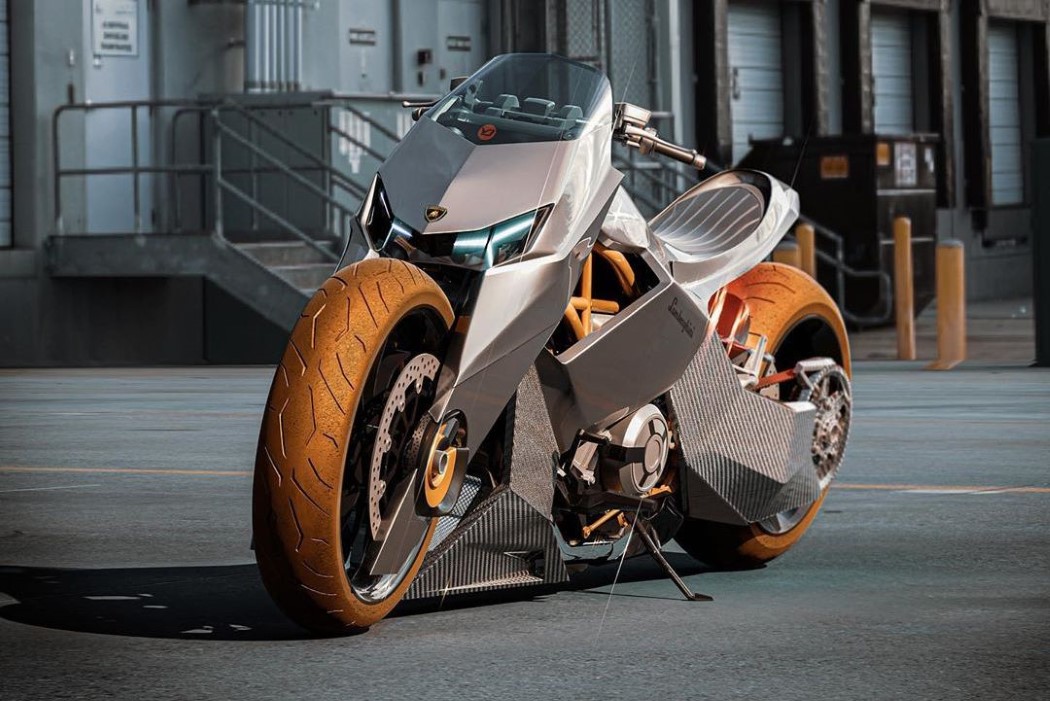
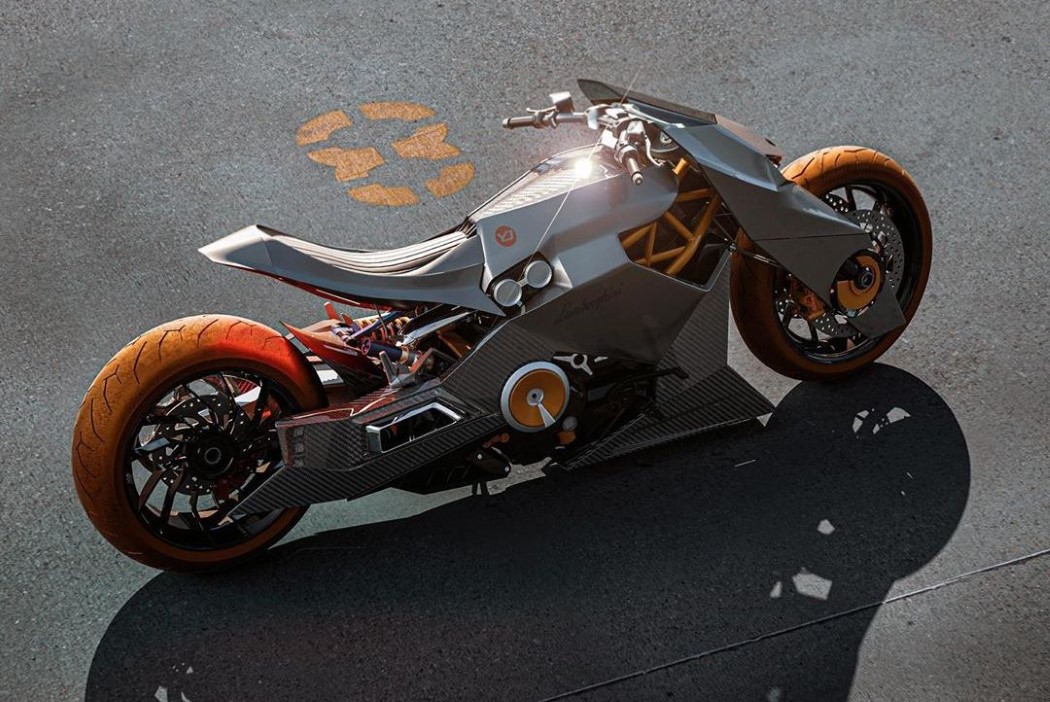
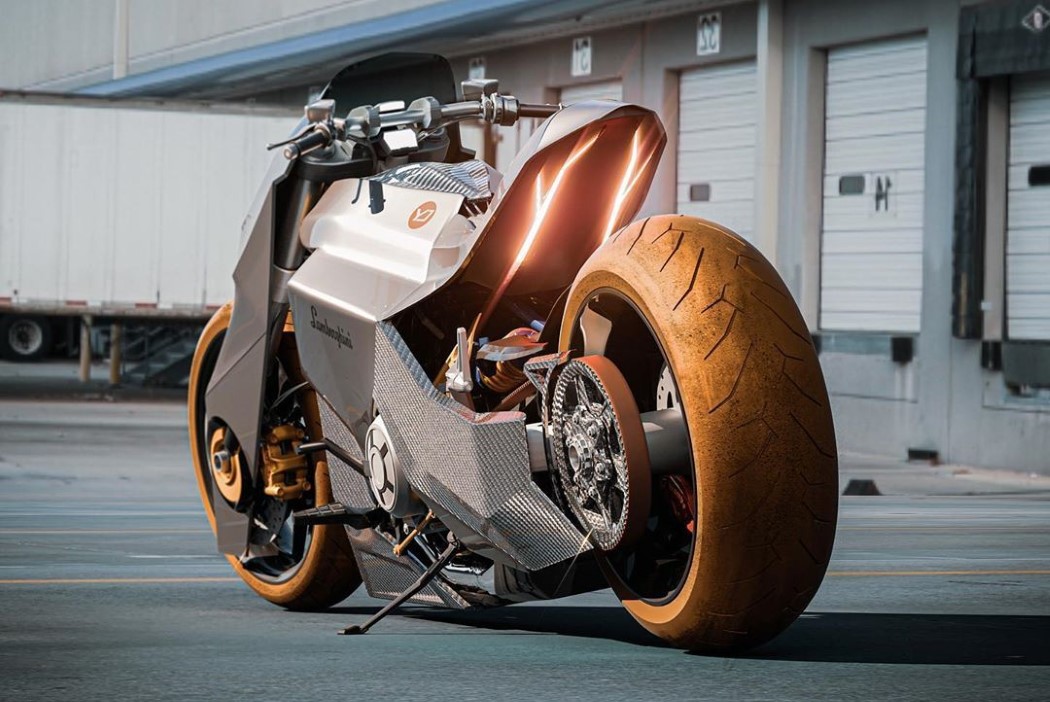
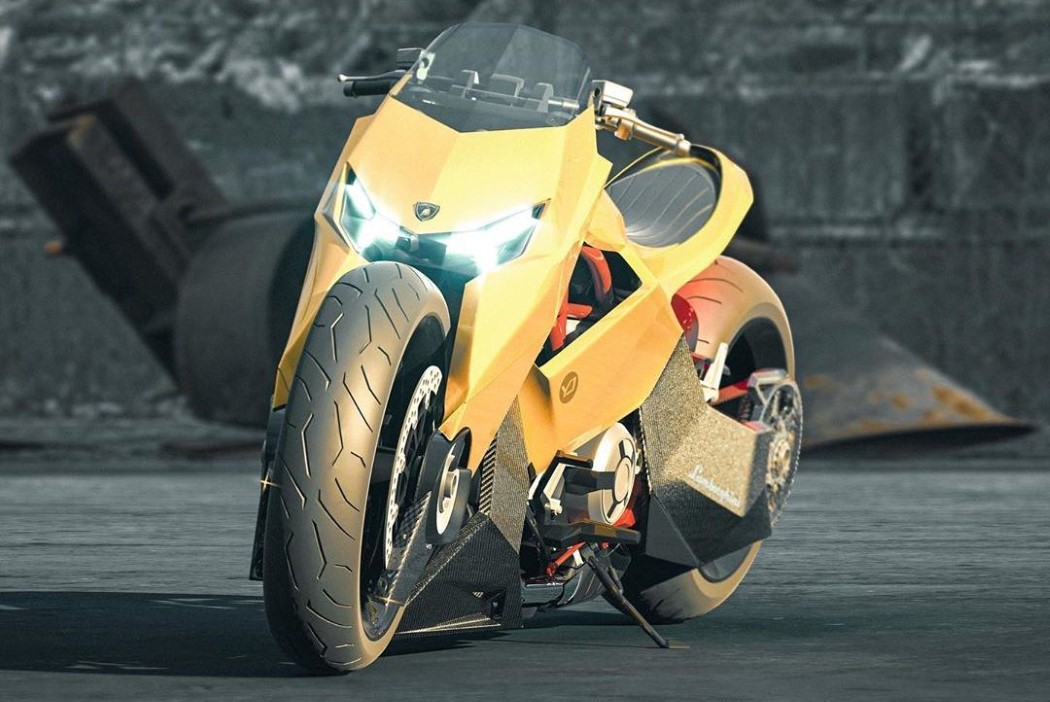
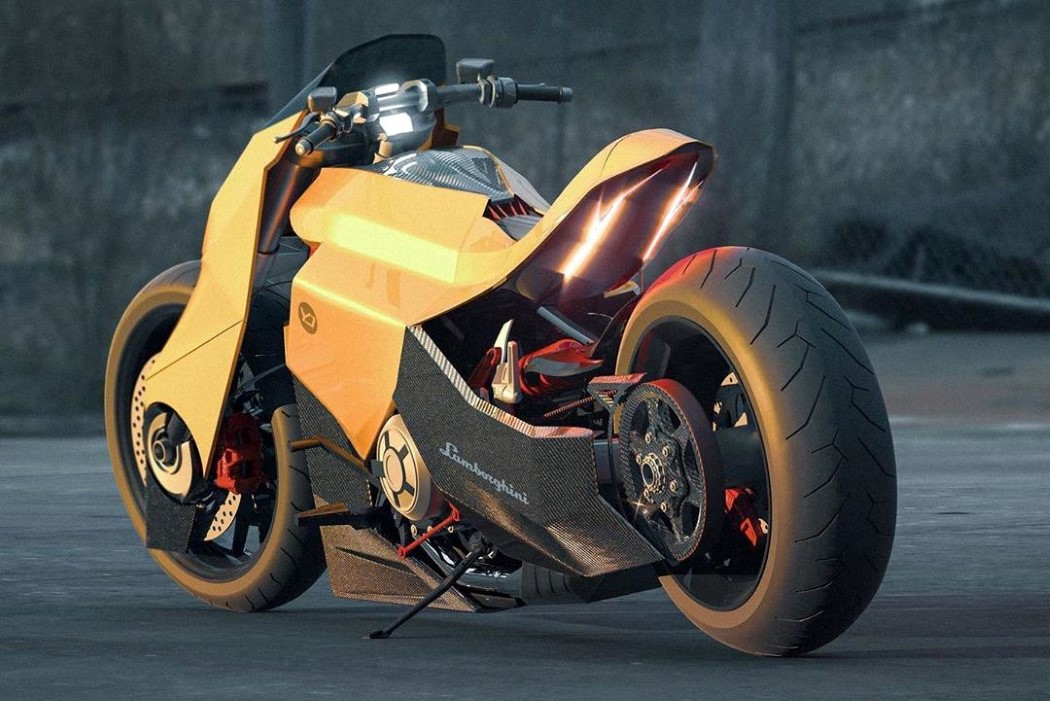
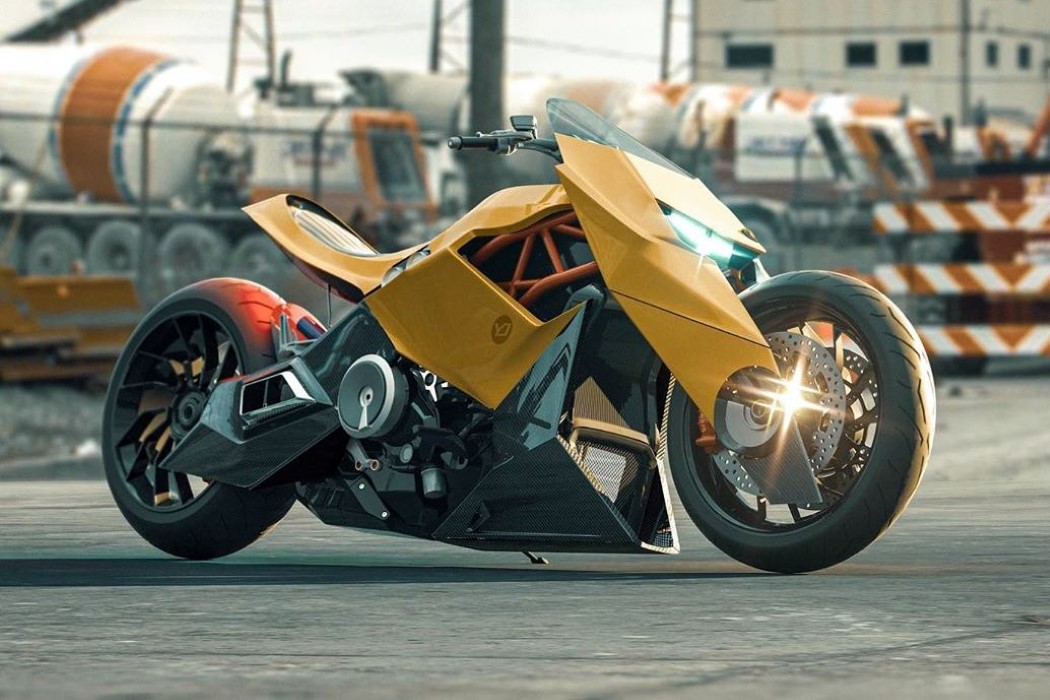
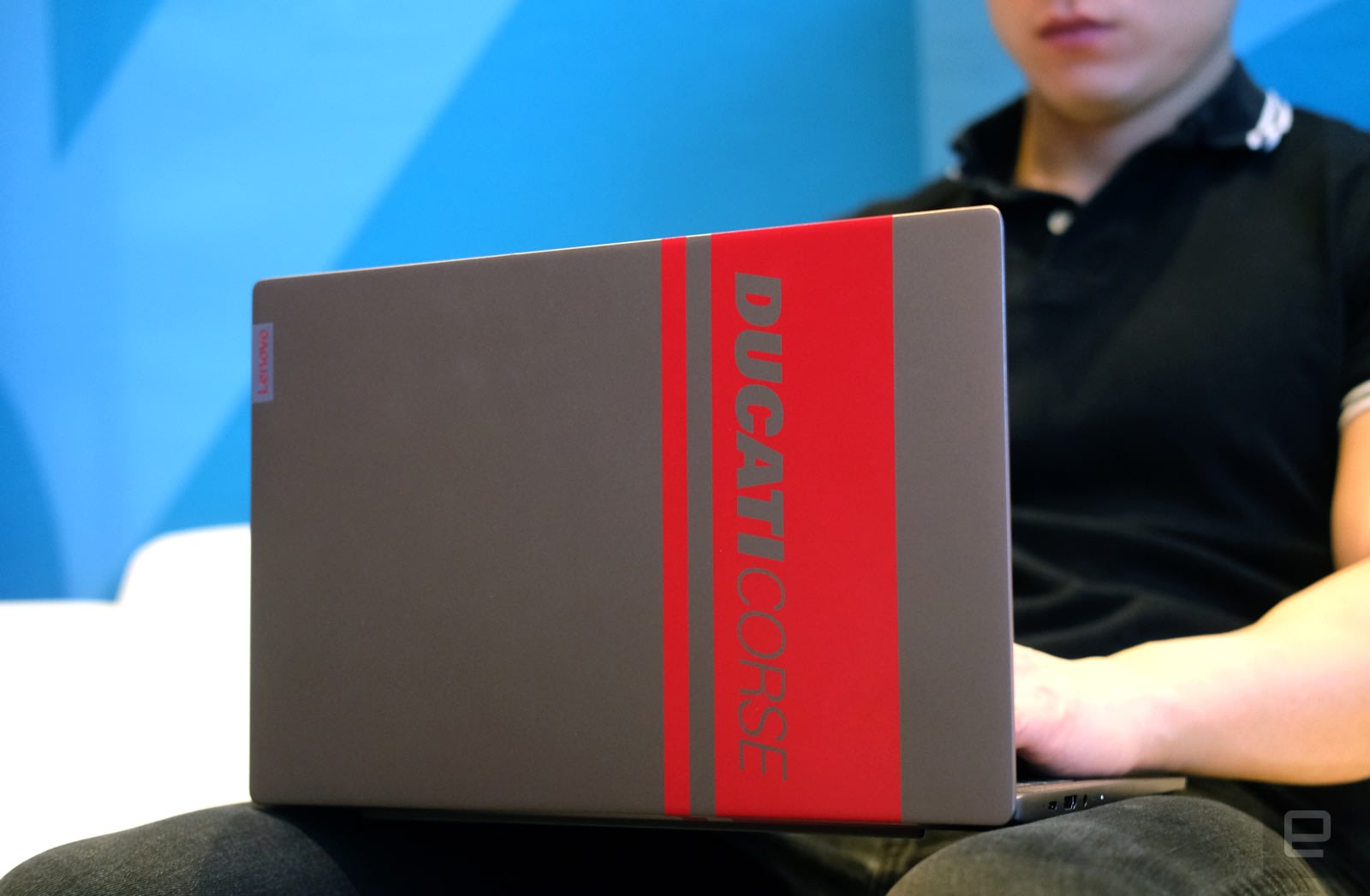 Used to be that you'd have to hunch around coffee shops in your racing leathers to show off that, yeah, you ride a motorcycle, it's pretty sweet. Thankfully those days have come to an end thanks to a collaboration between Lenovo and Ducati. The unlik...
Used to be that you'd have to hunch around coffee shops in your racing leathers to show off that, yeah, you ride a motorcycle, it's pretty sweet. Thankfully those days have come to an end thanks to a collaboration between Lenovo and Ducati. The unlik...











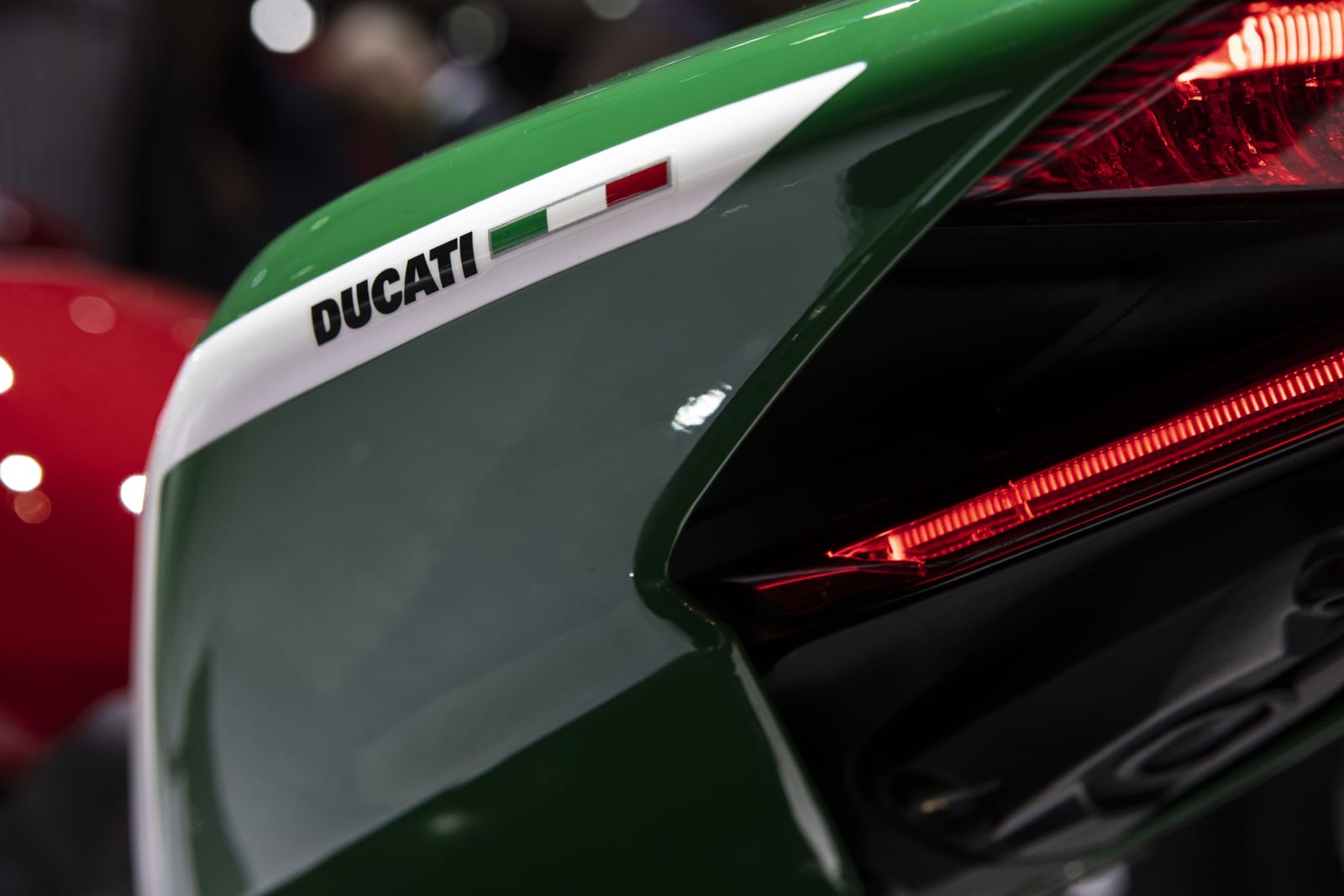 Ducati has hinted at a desire to make electric motorcycles before, but it's committing in a more substantial way. Company chief Claudio Domenicali told guests at a Spanish event that the "future is electric" and the company was "not far from startin...
Ducati has hinted at a desire to make electric motorcycles before, but it's committing in a more substantial way. Company chief Claudio Domenicali told guests at a Spanish event that the "future is electric" and the company was "not far from startin...